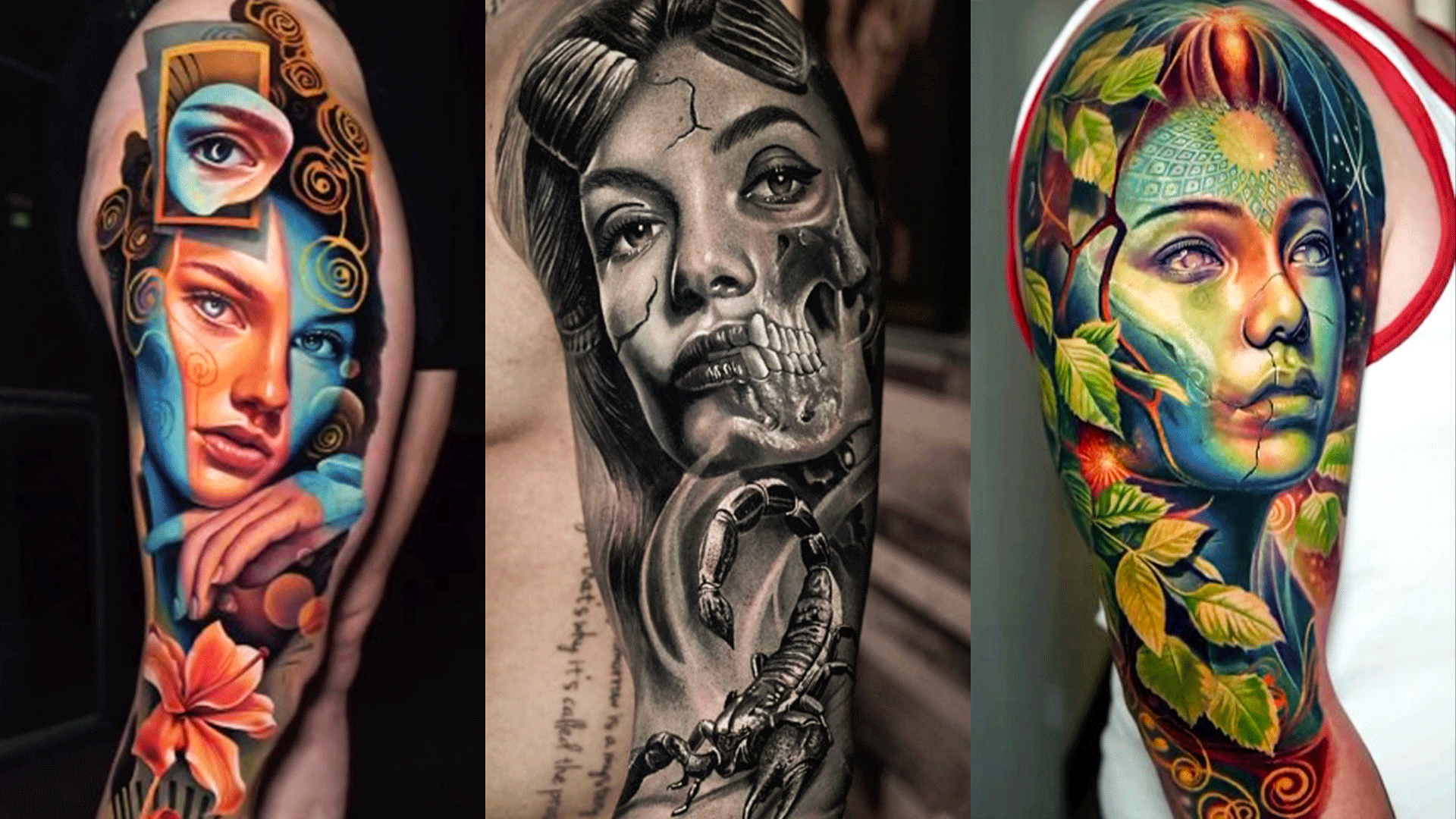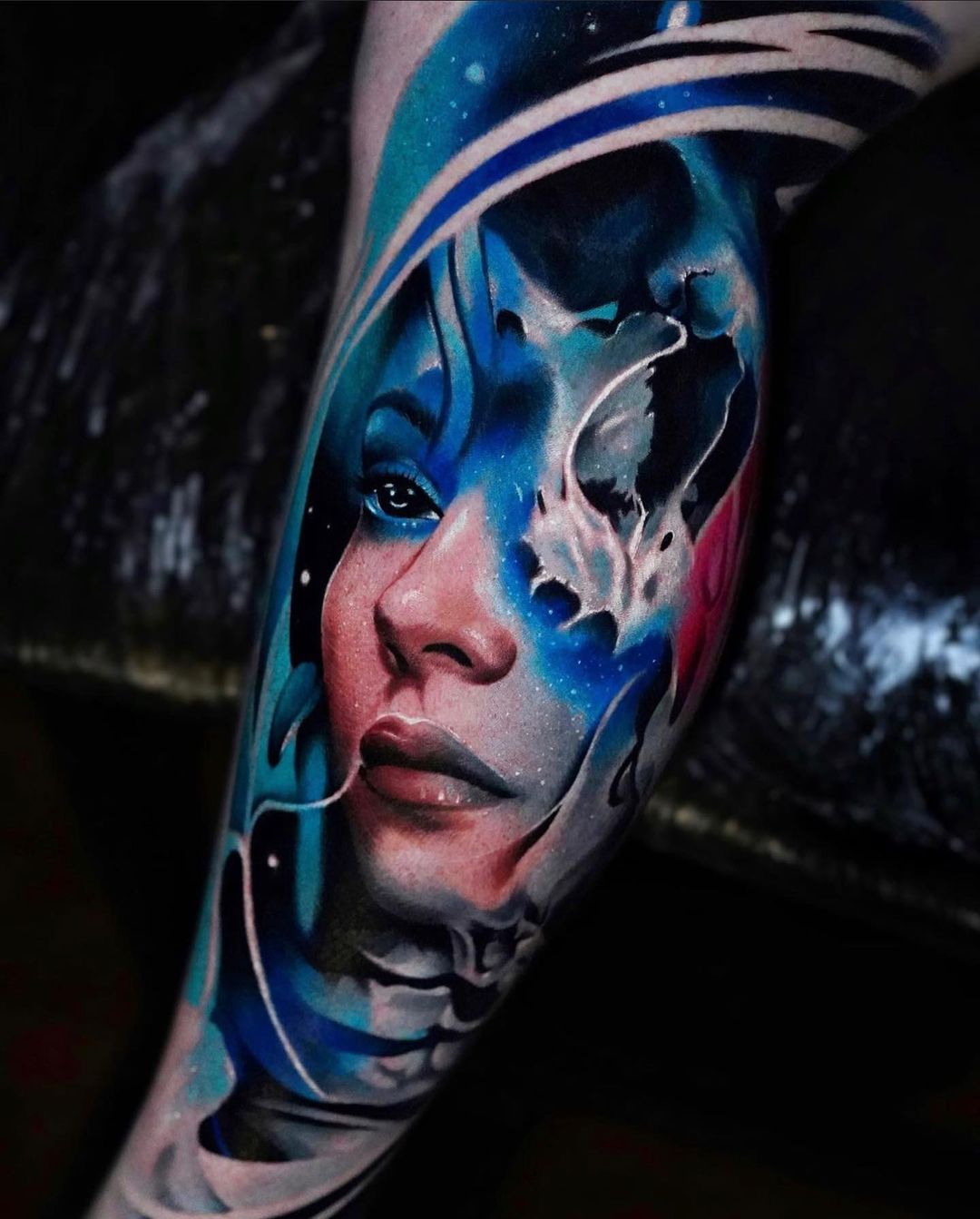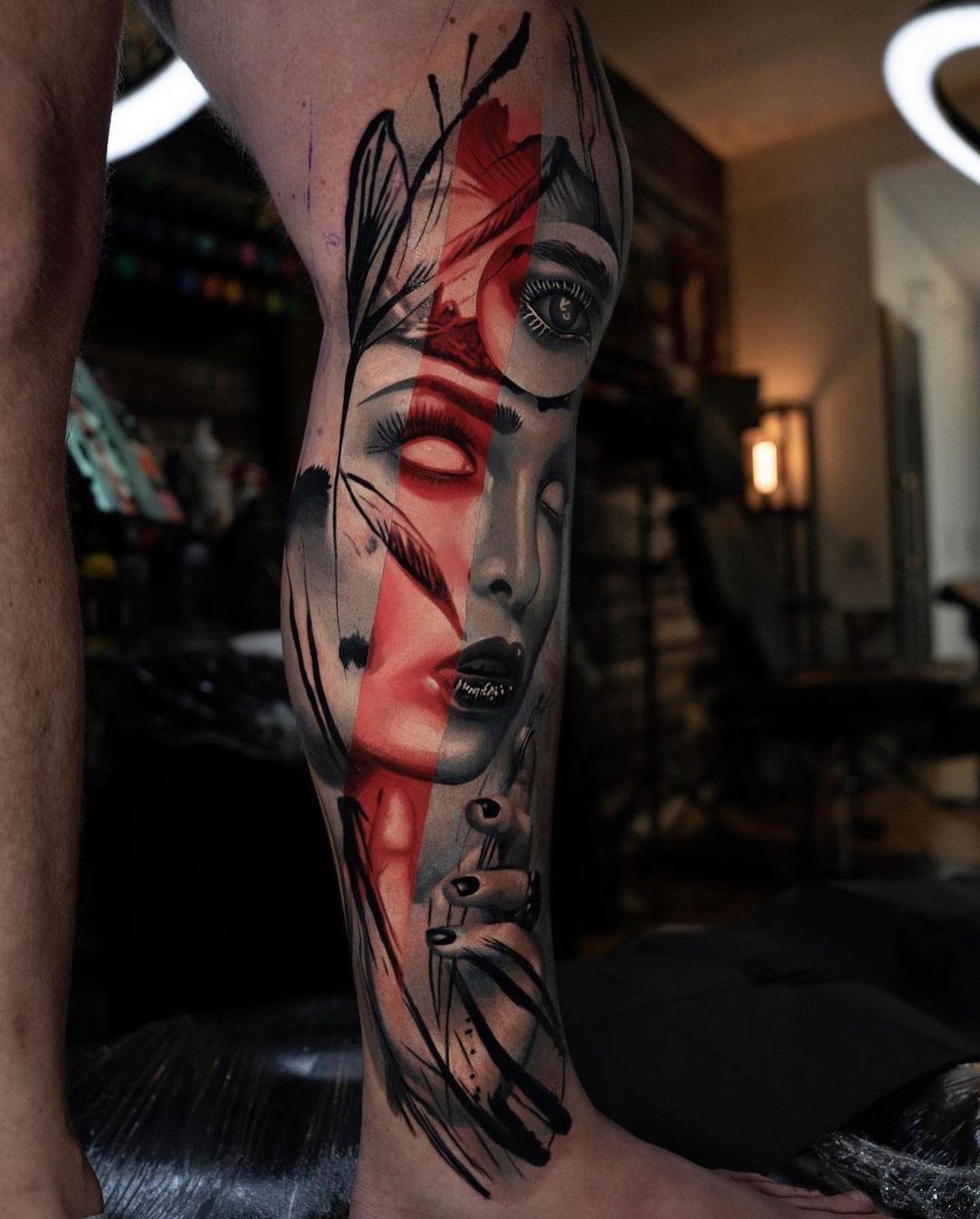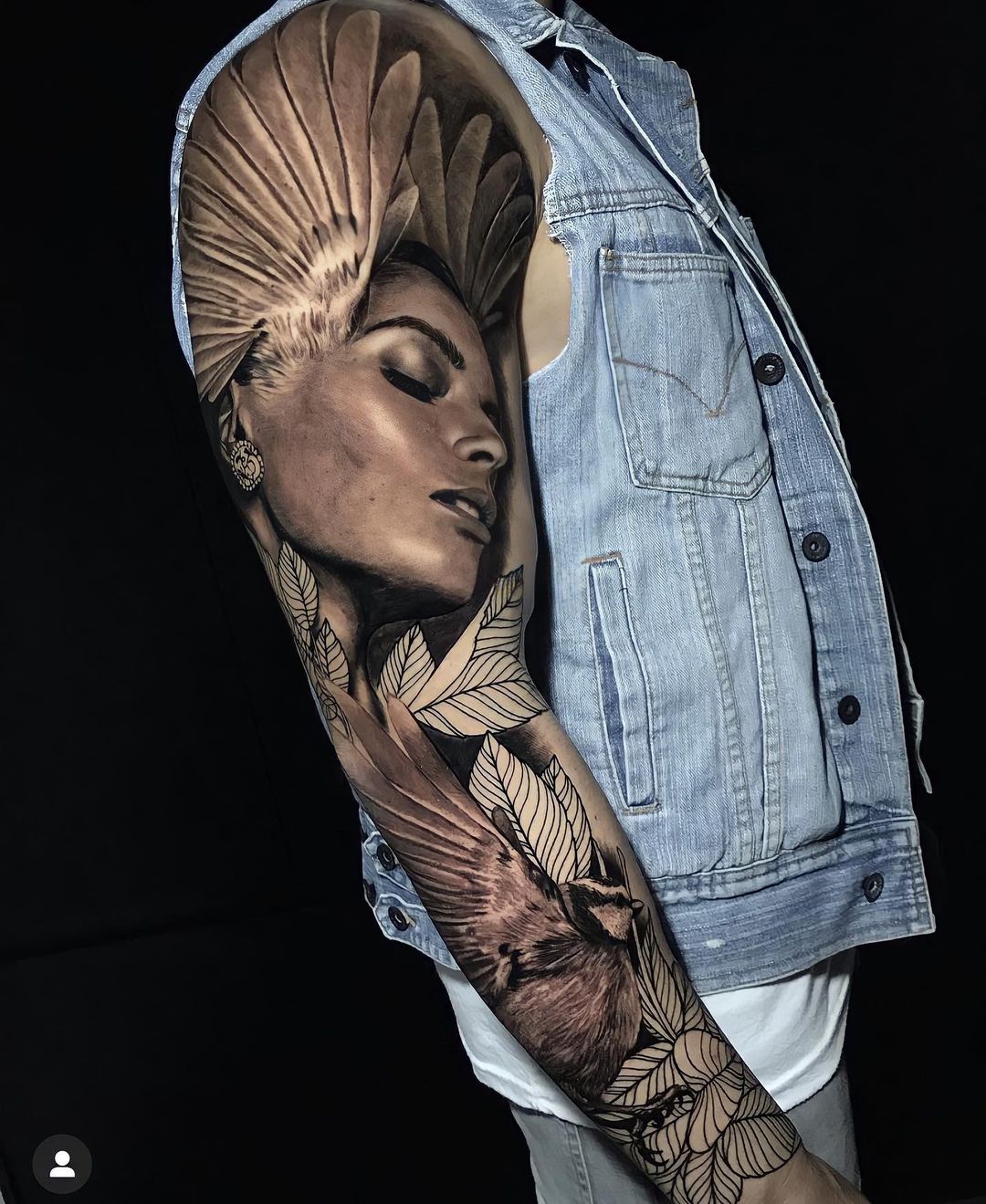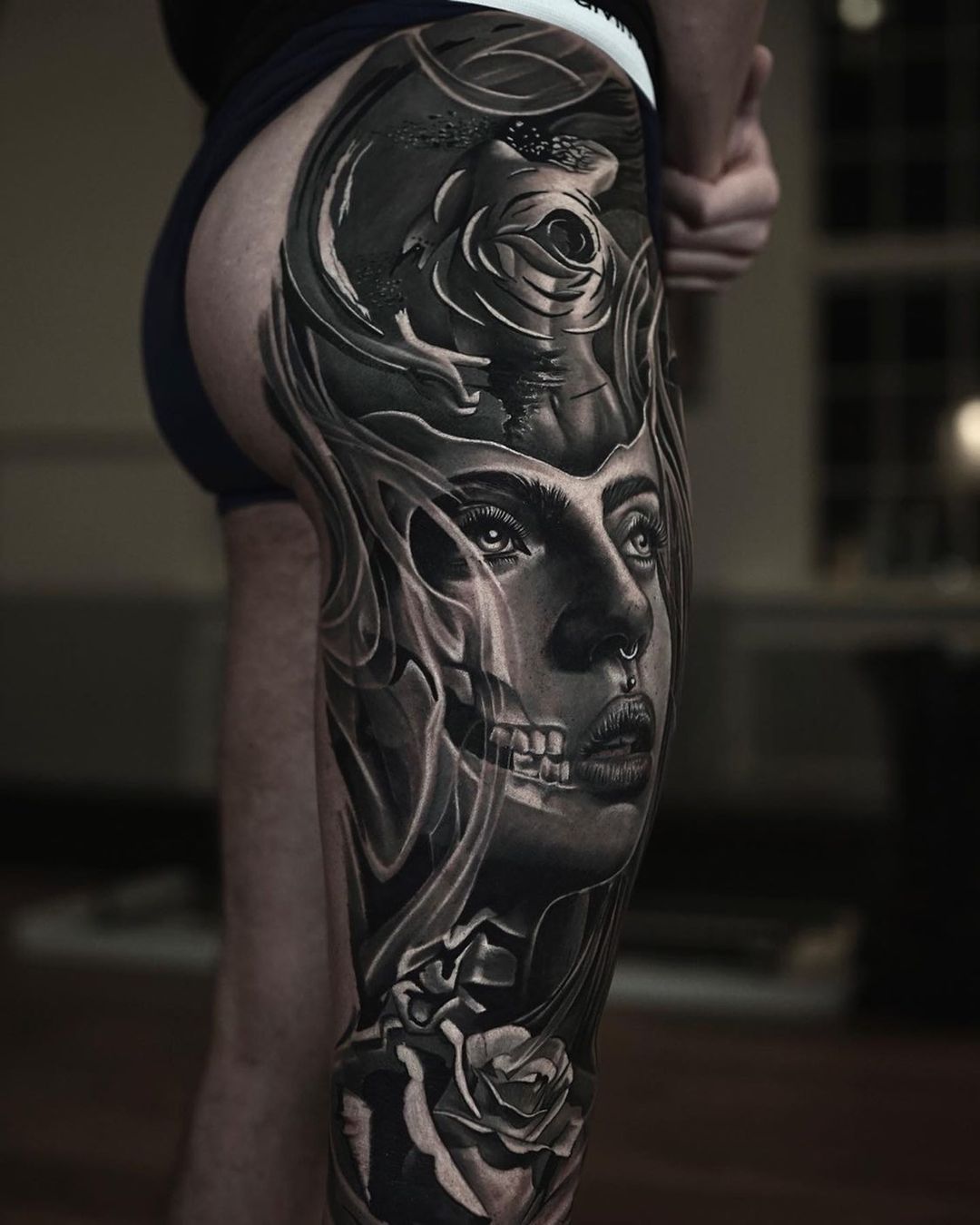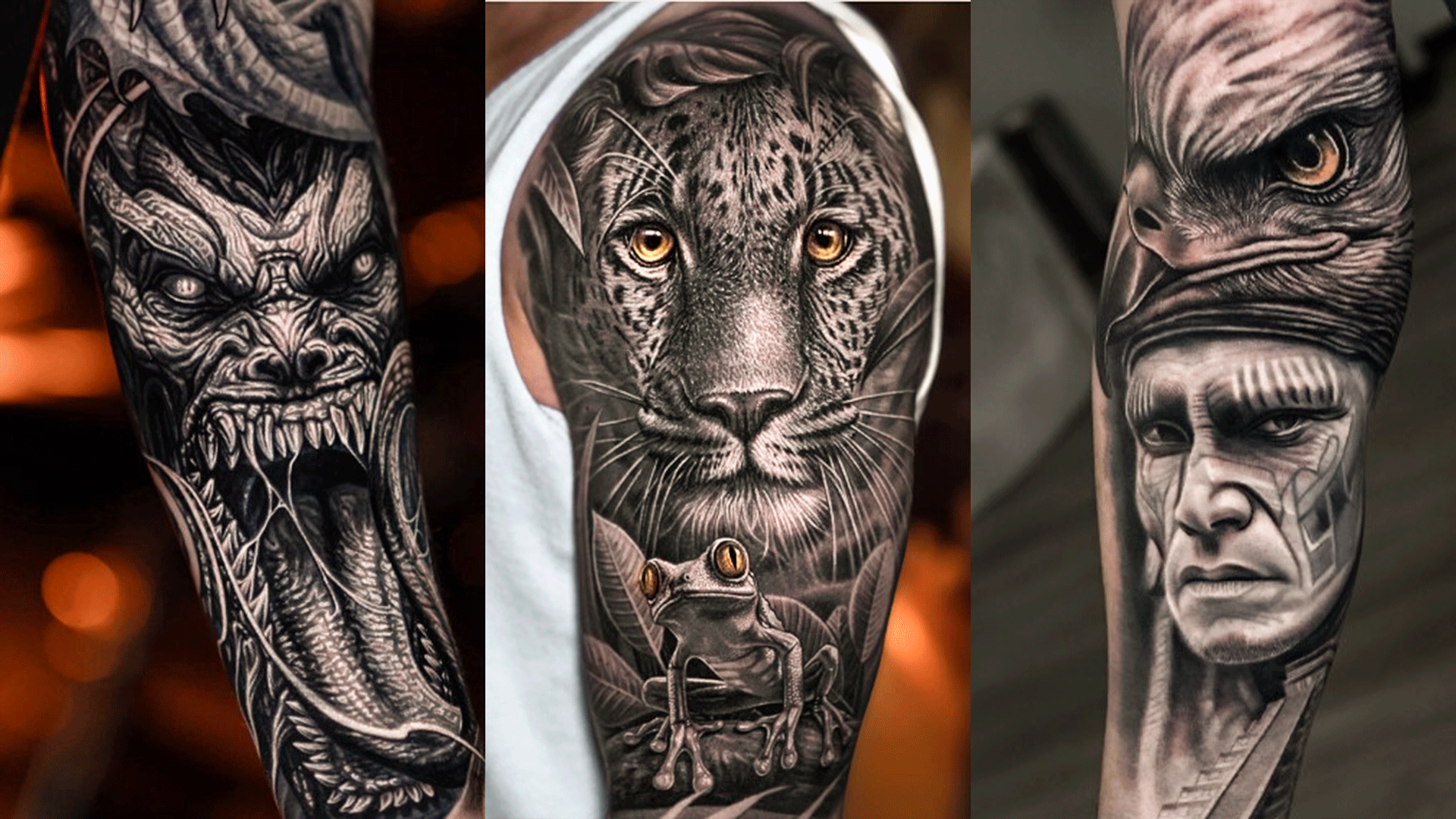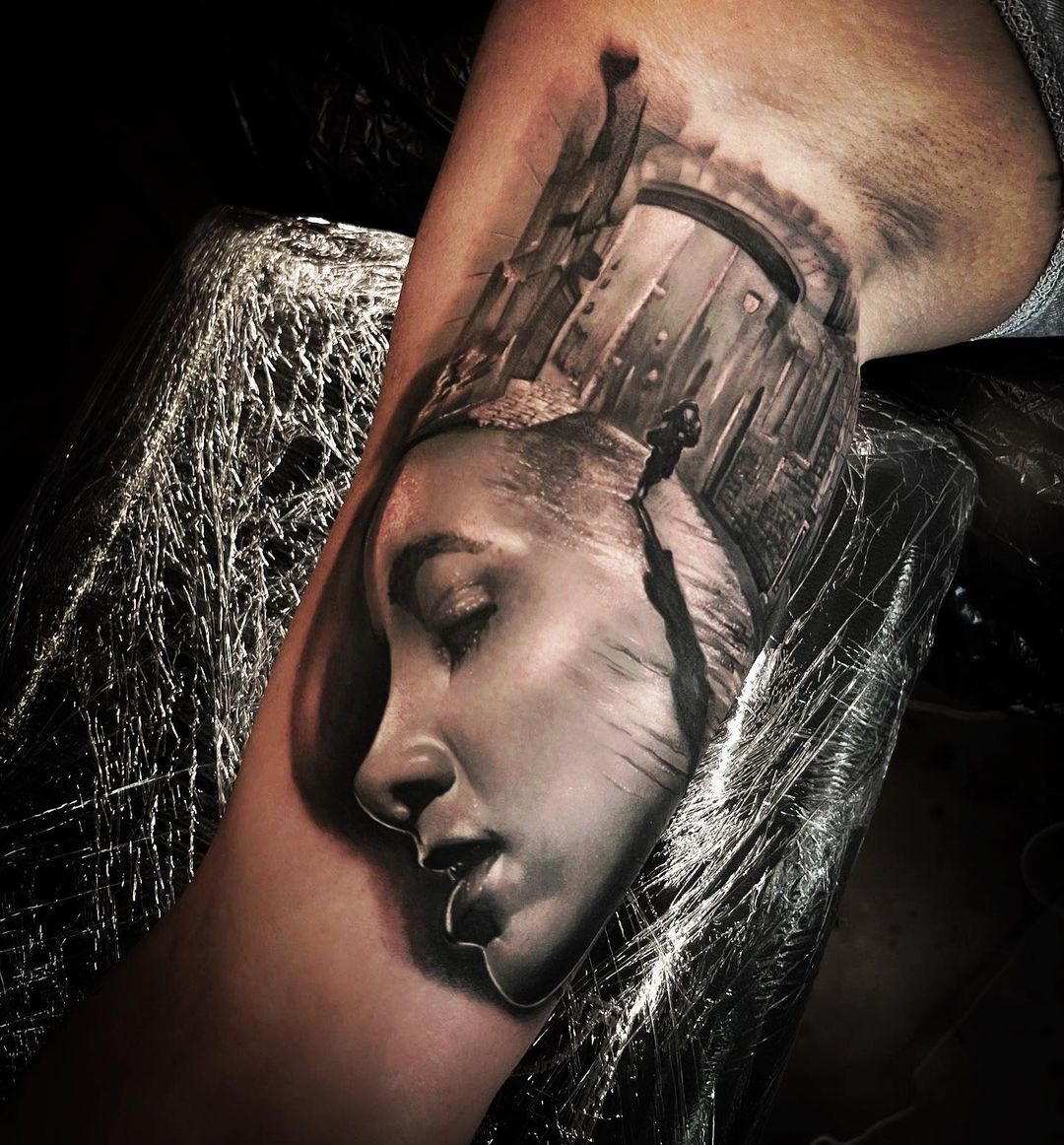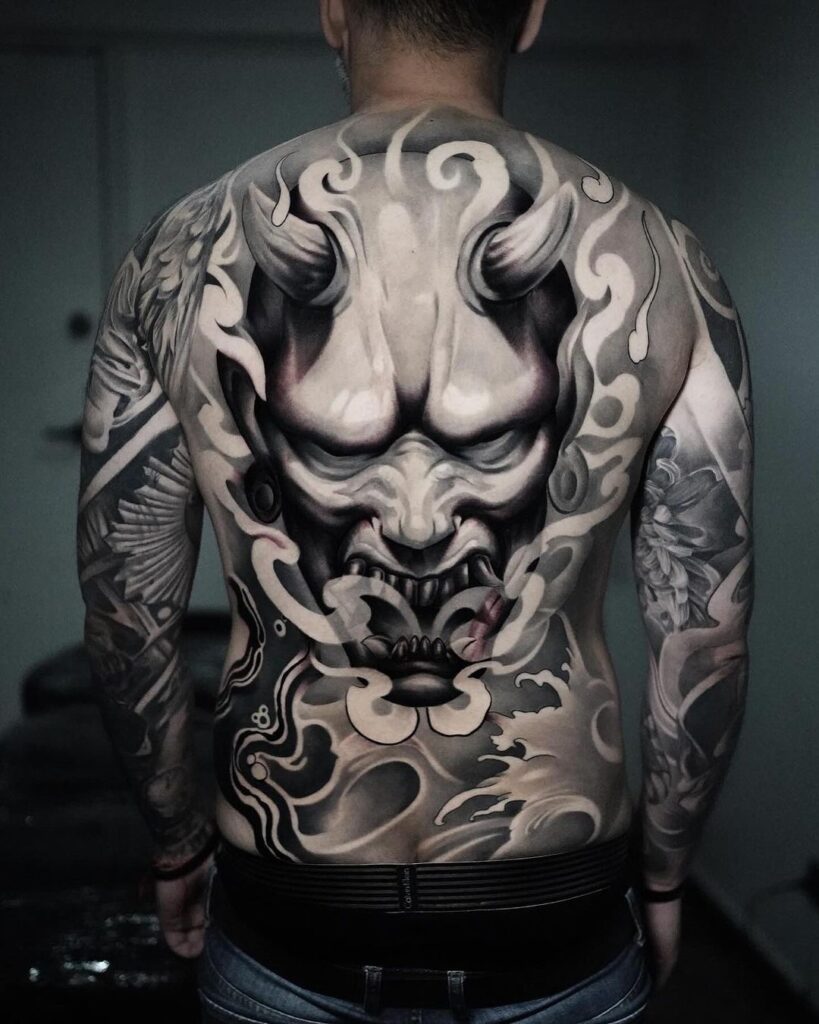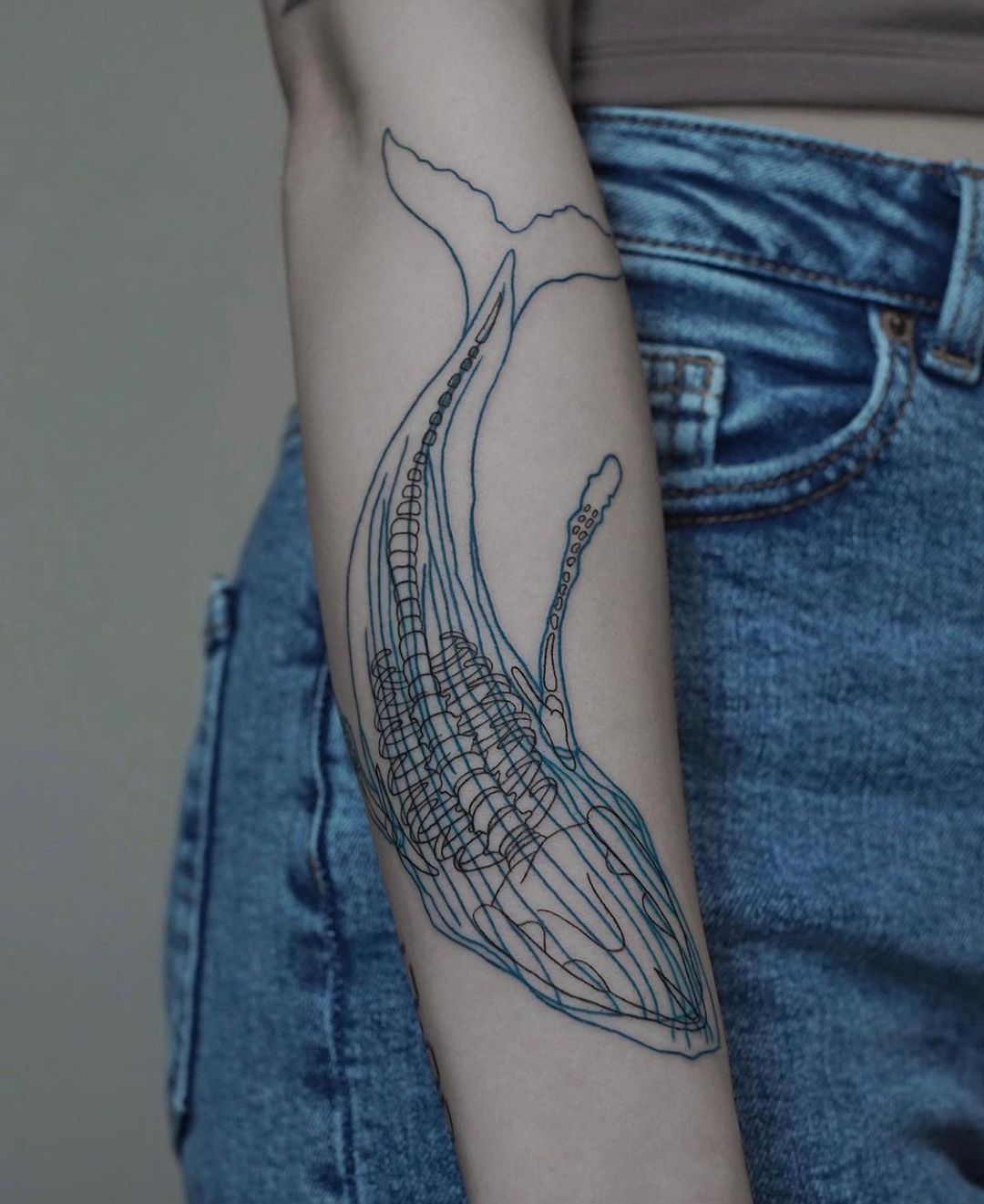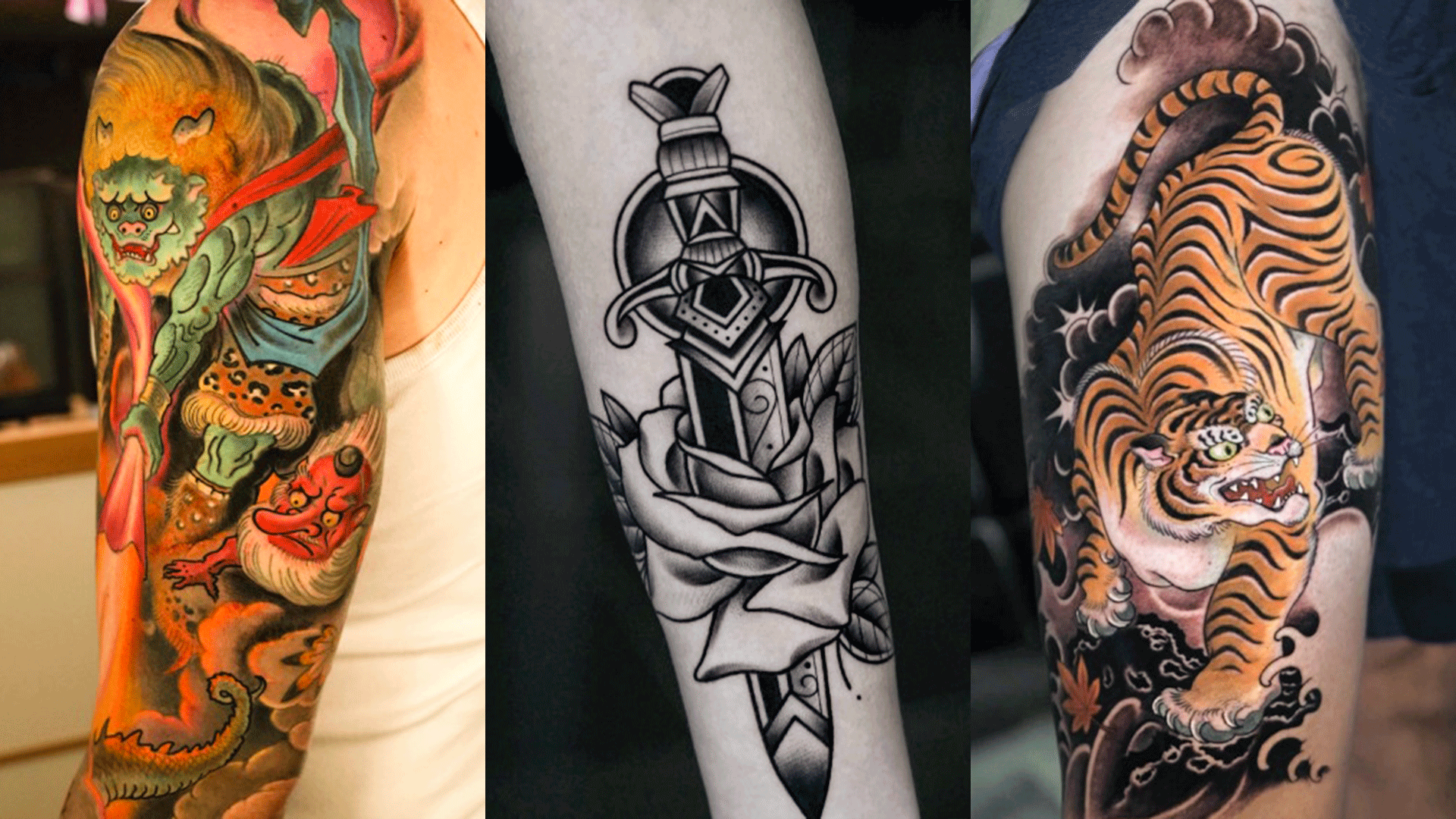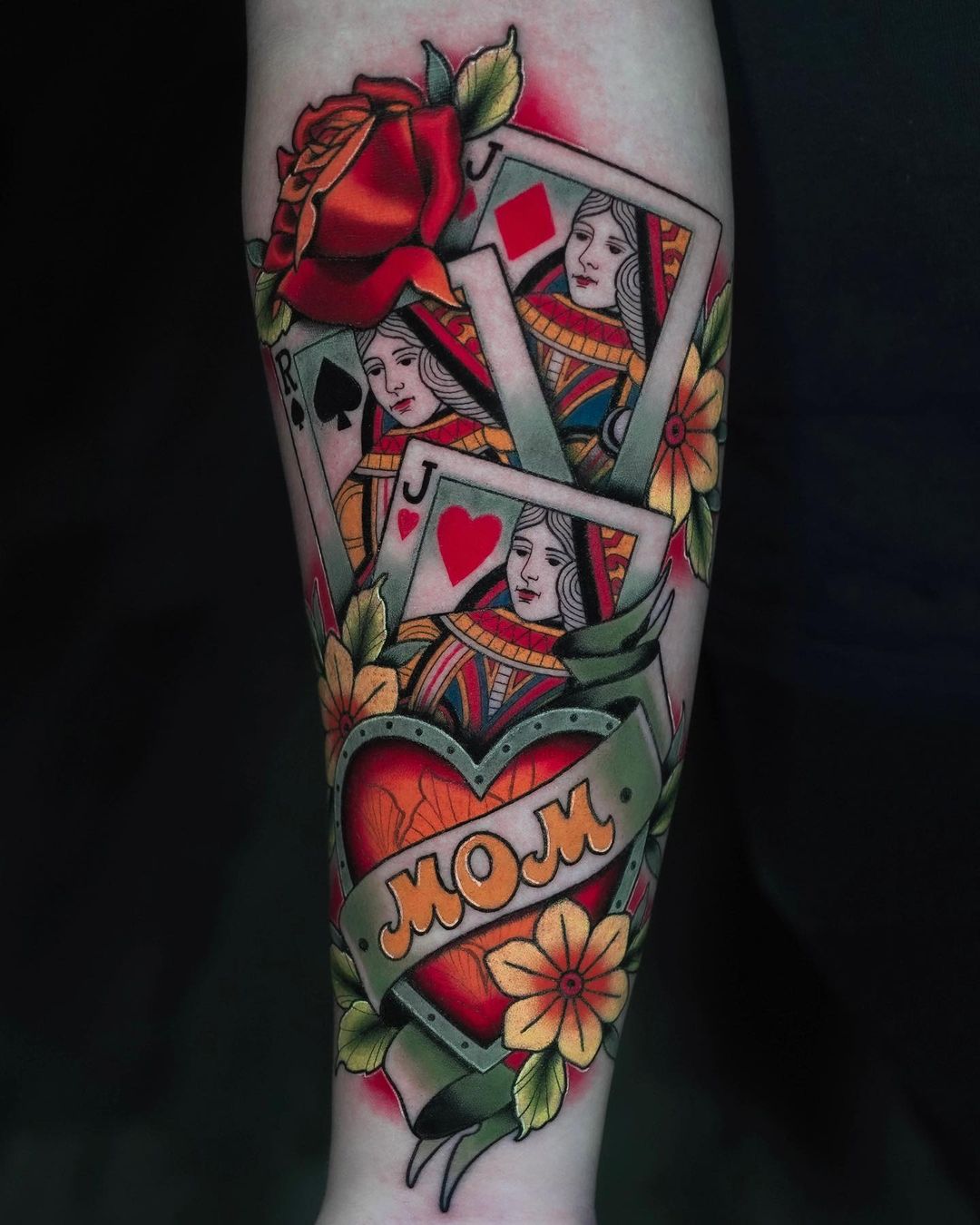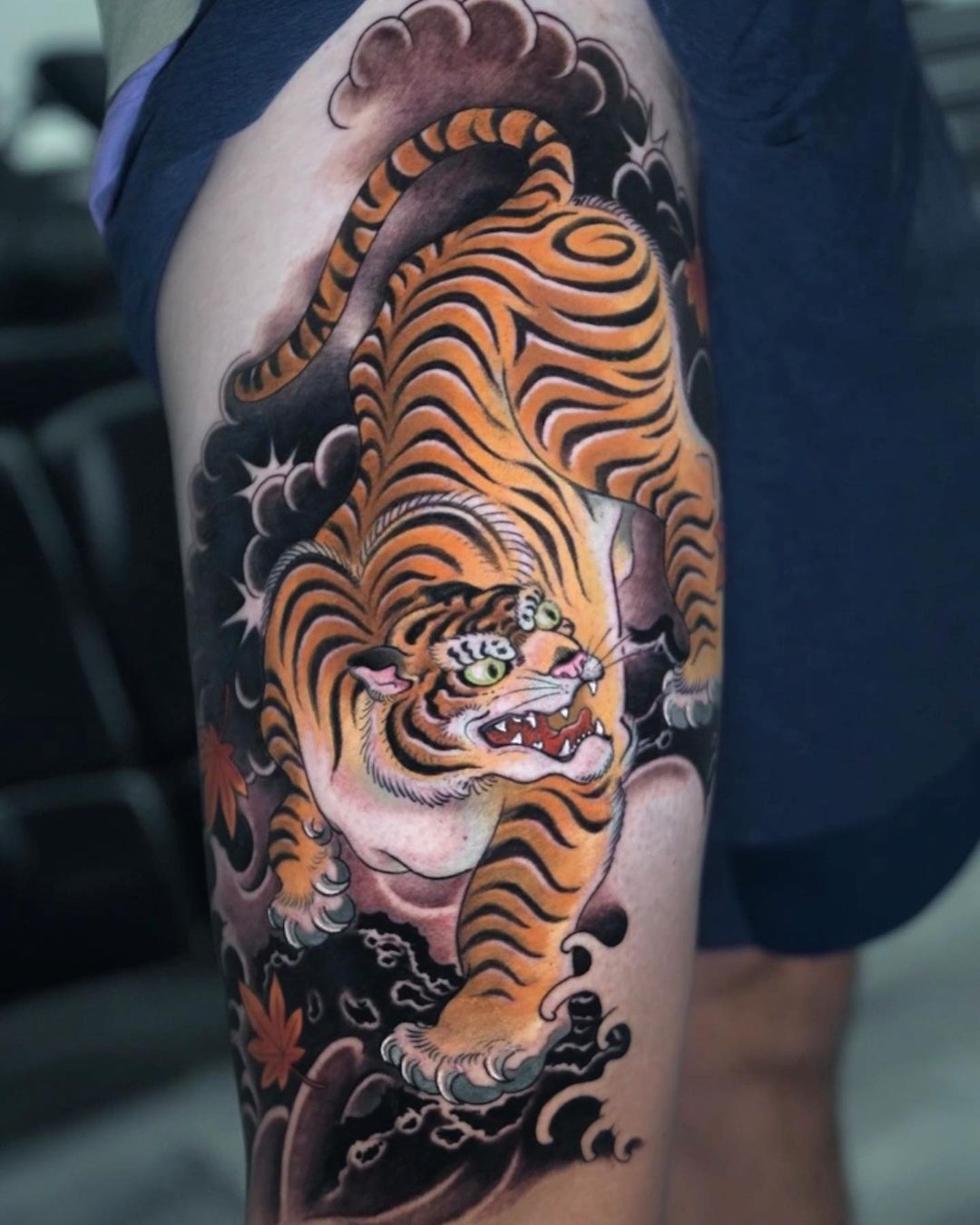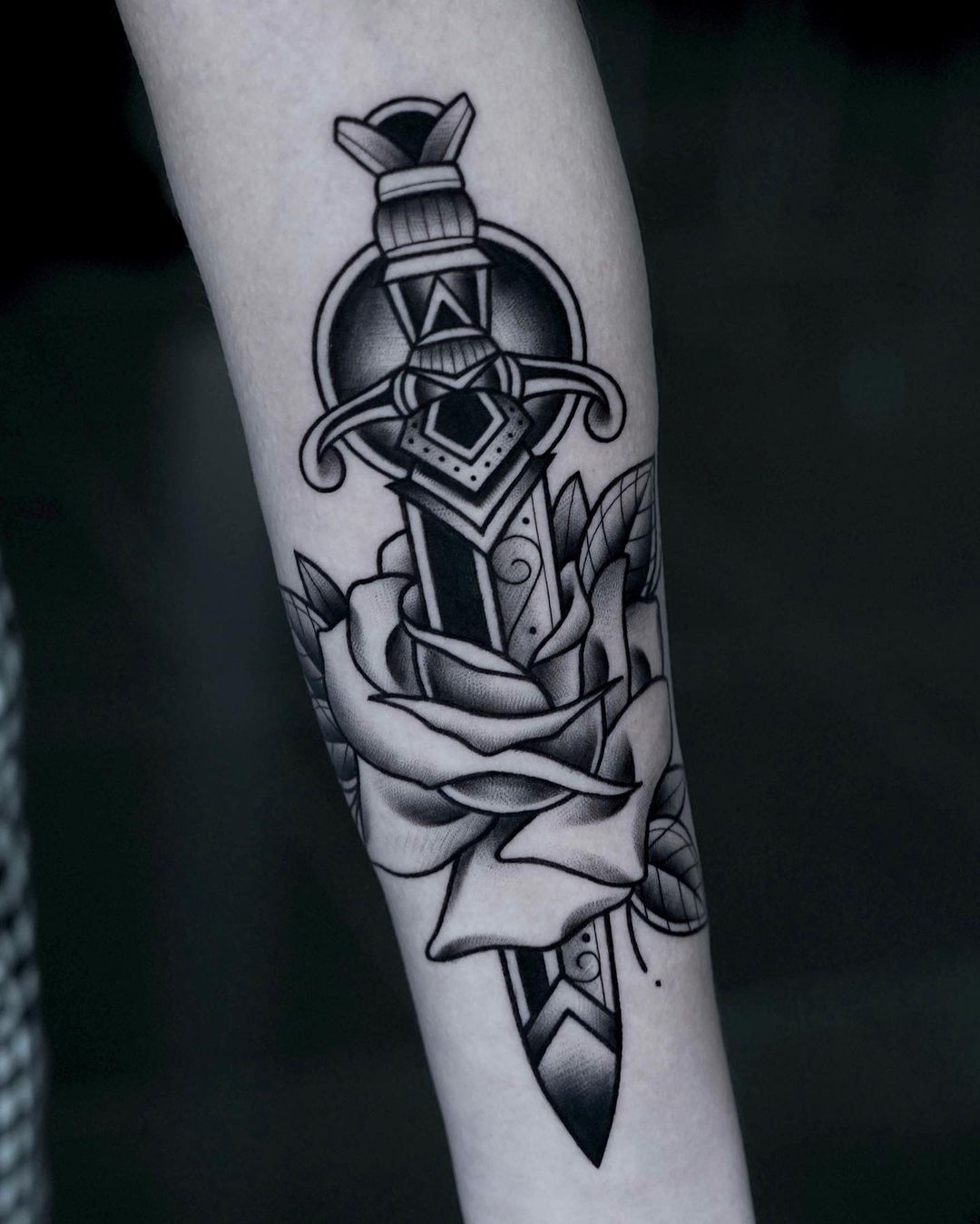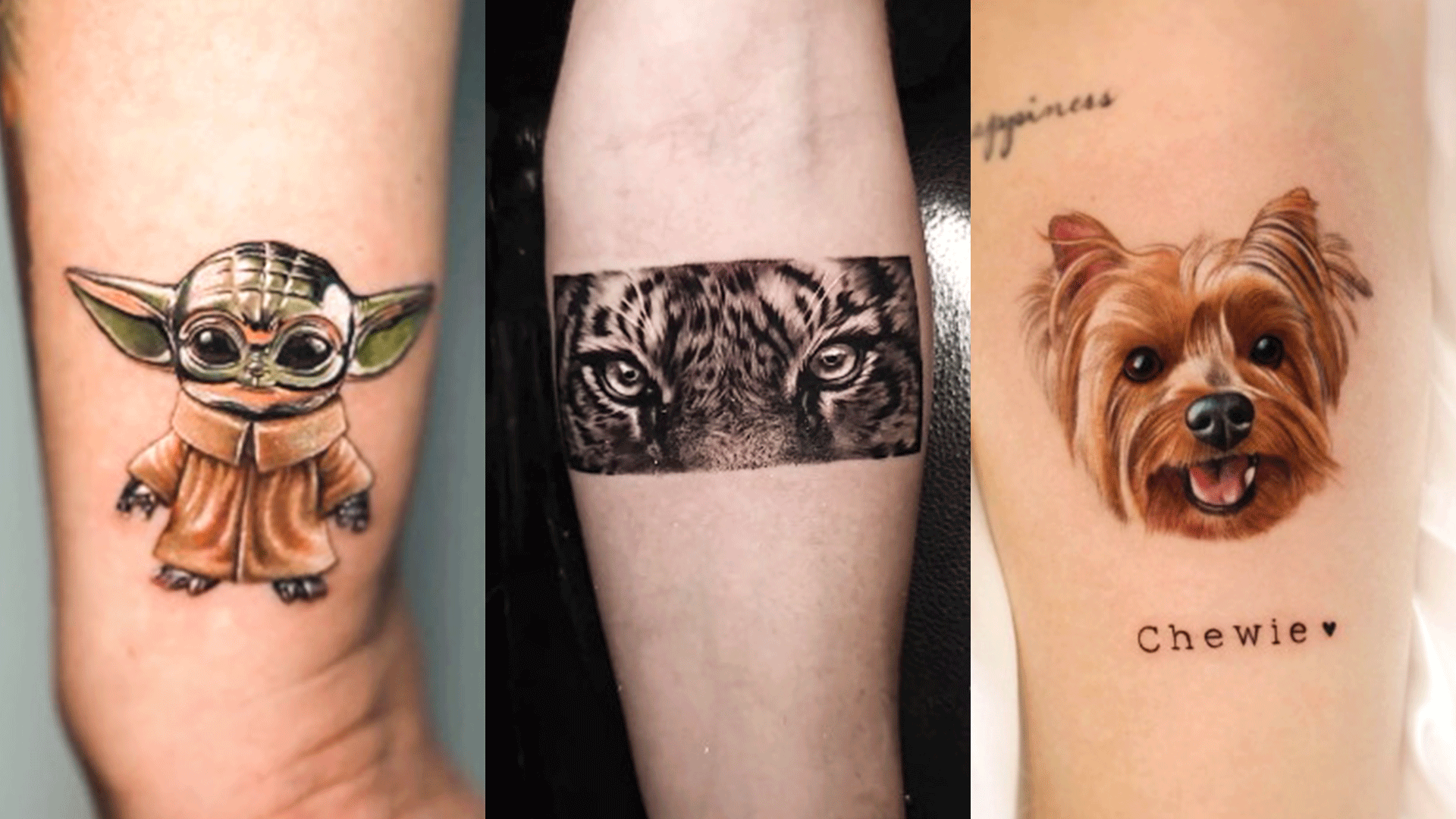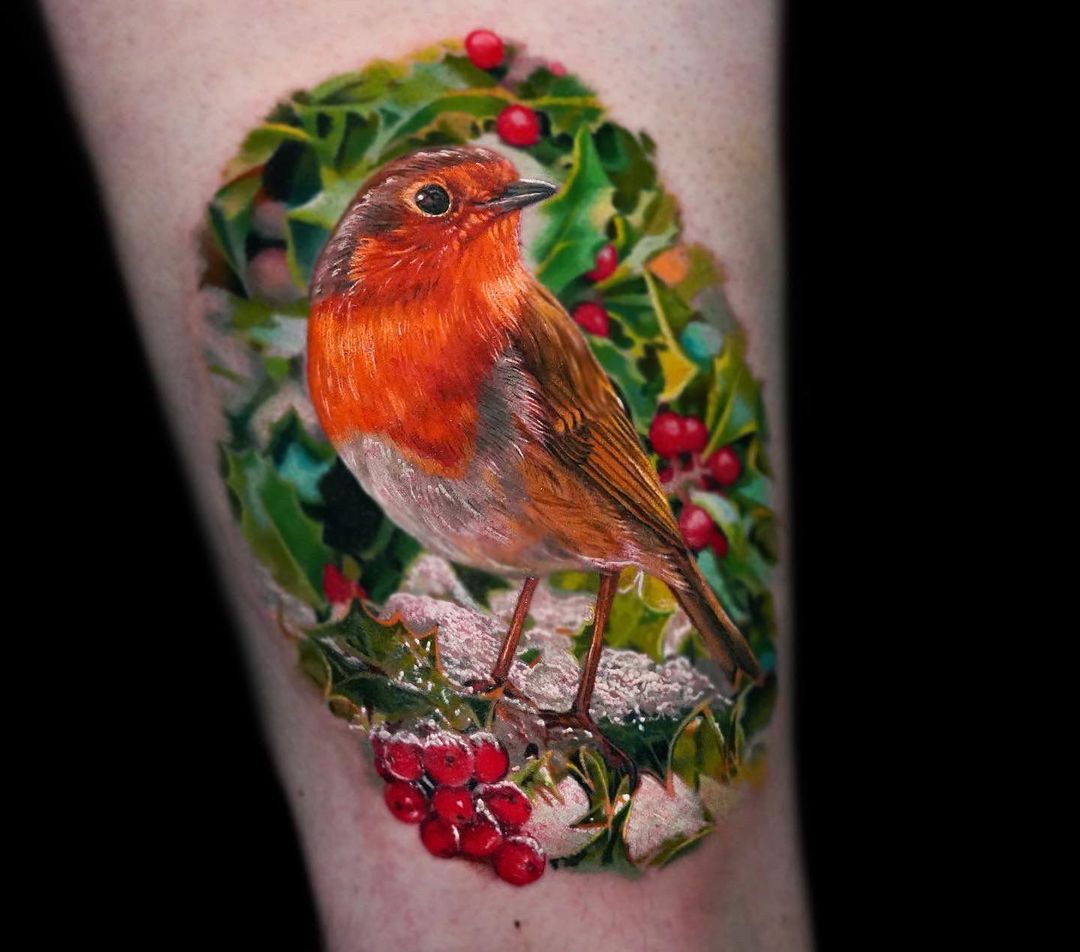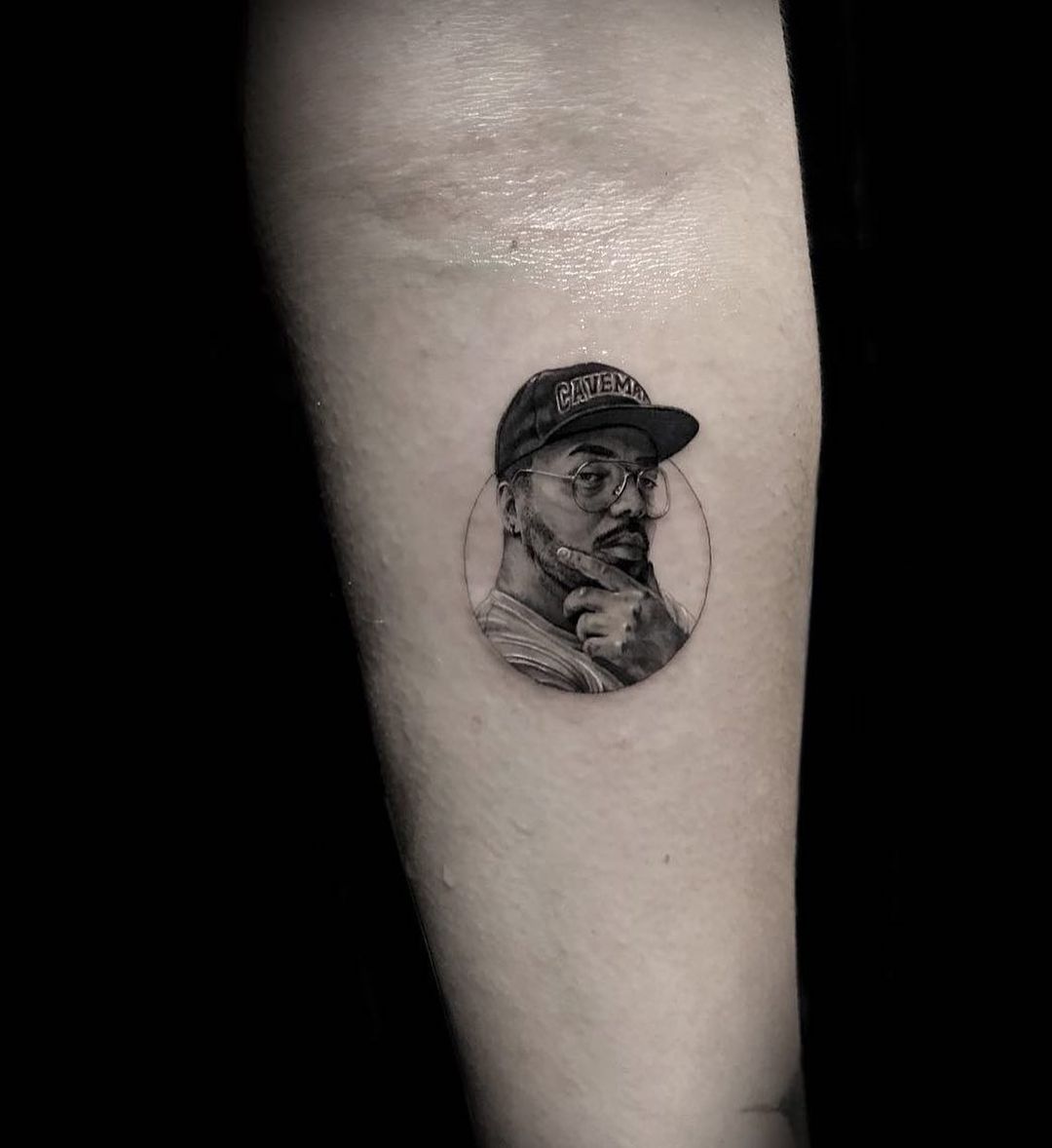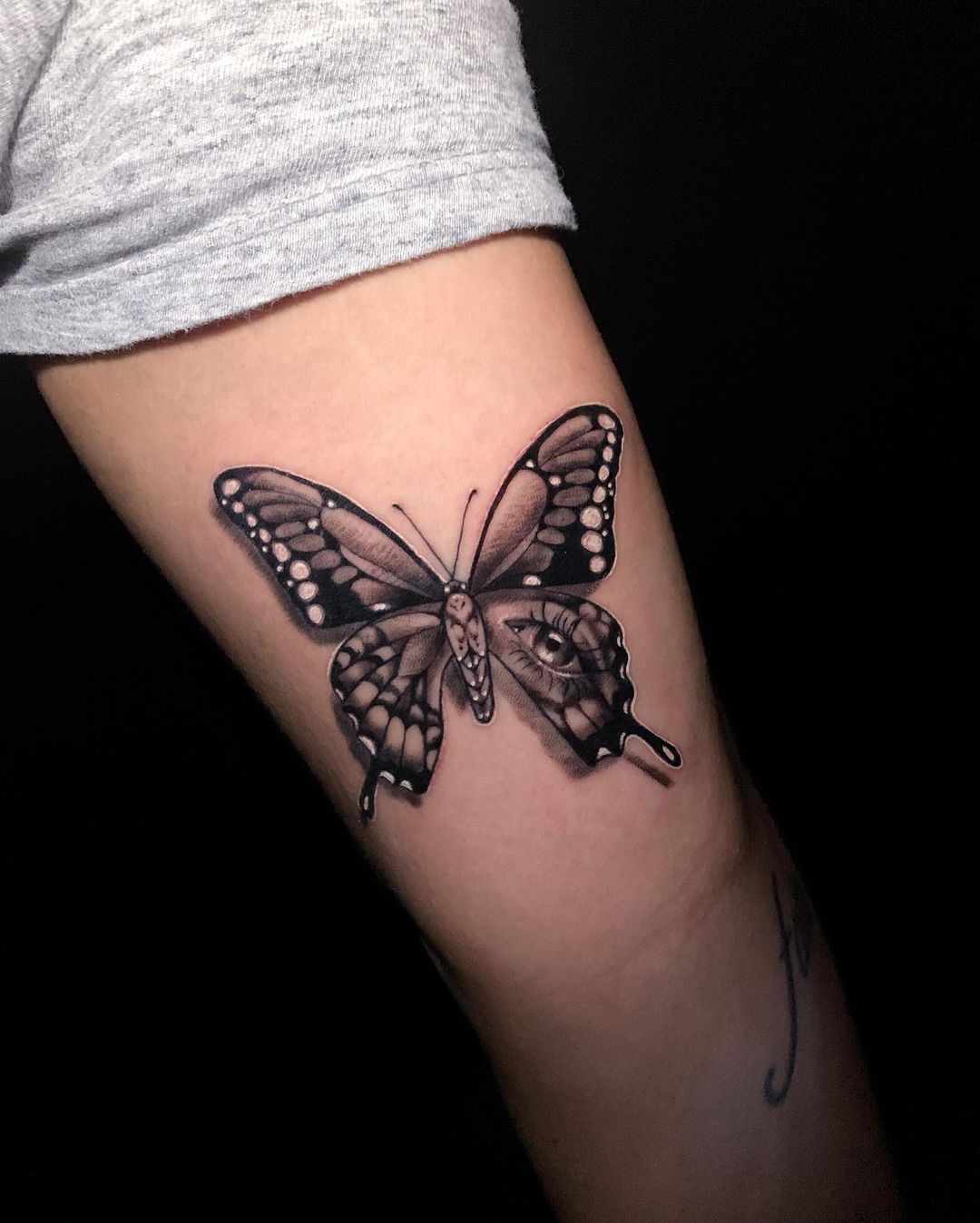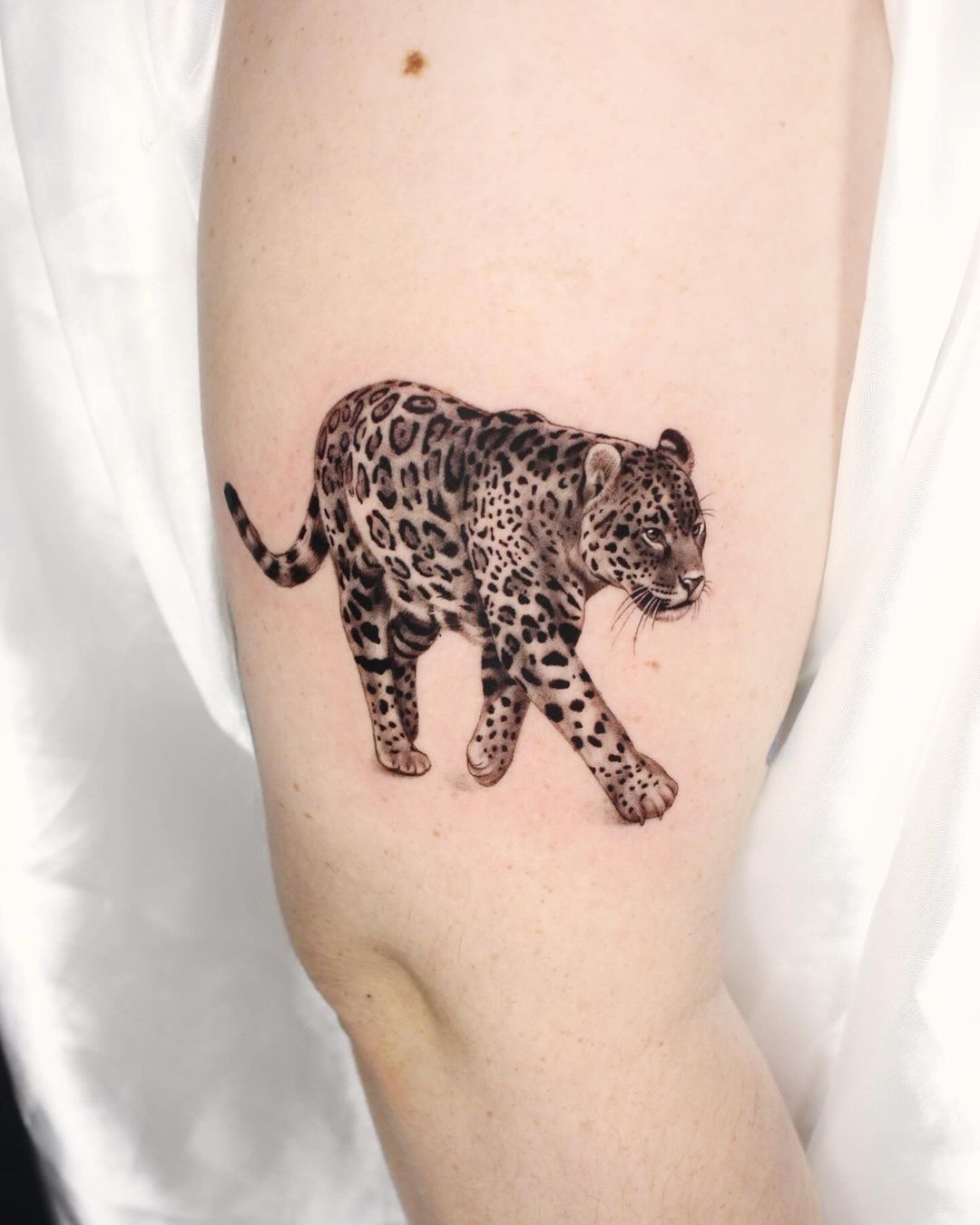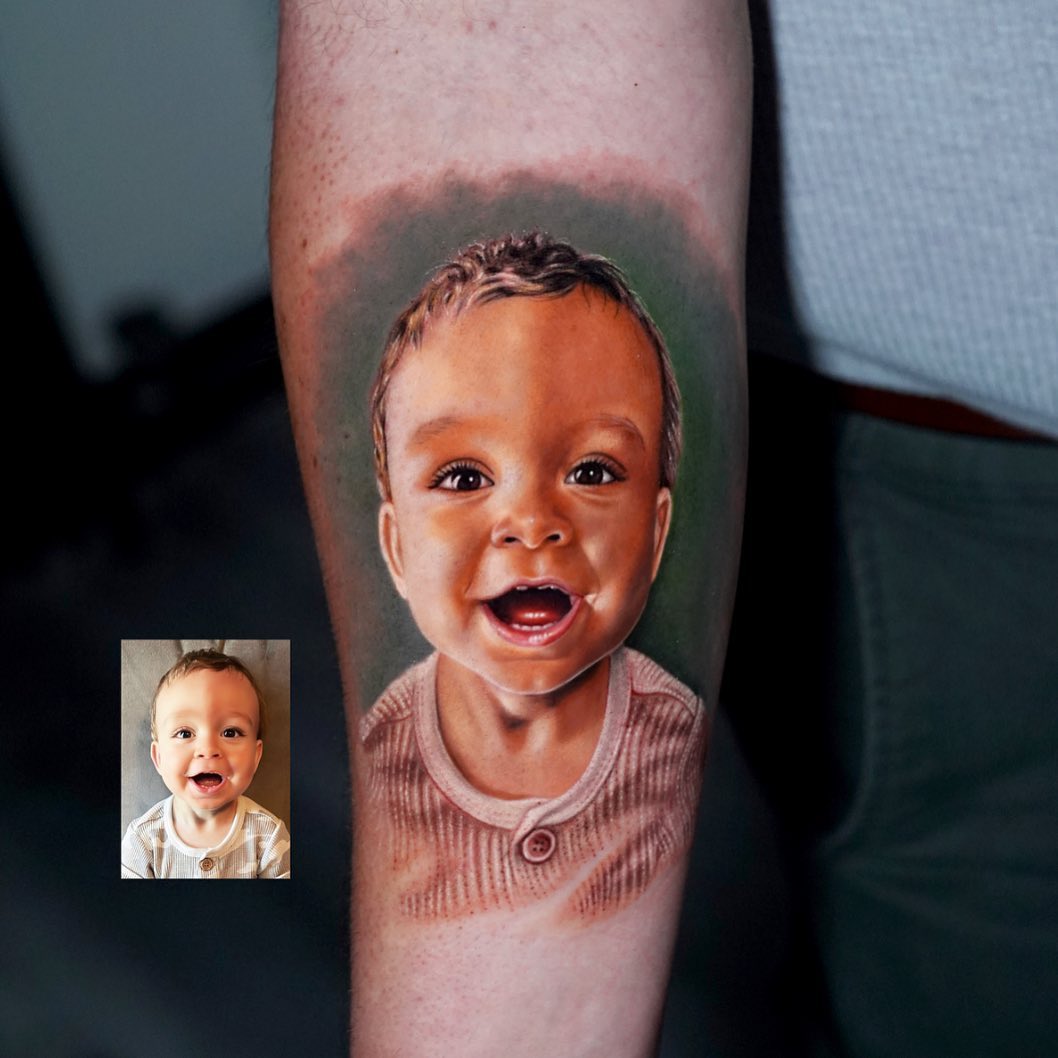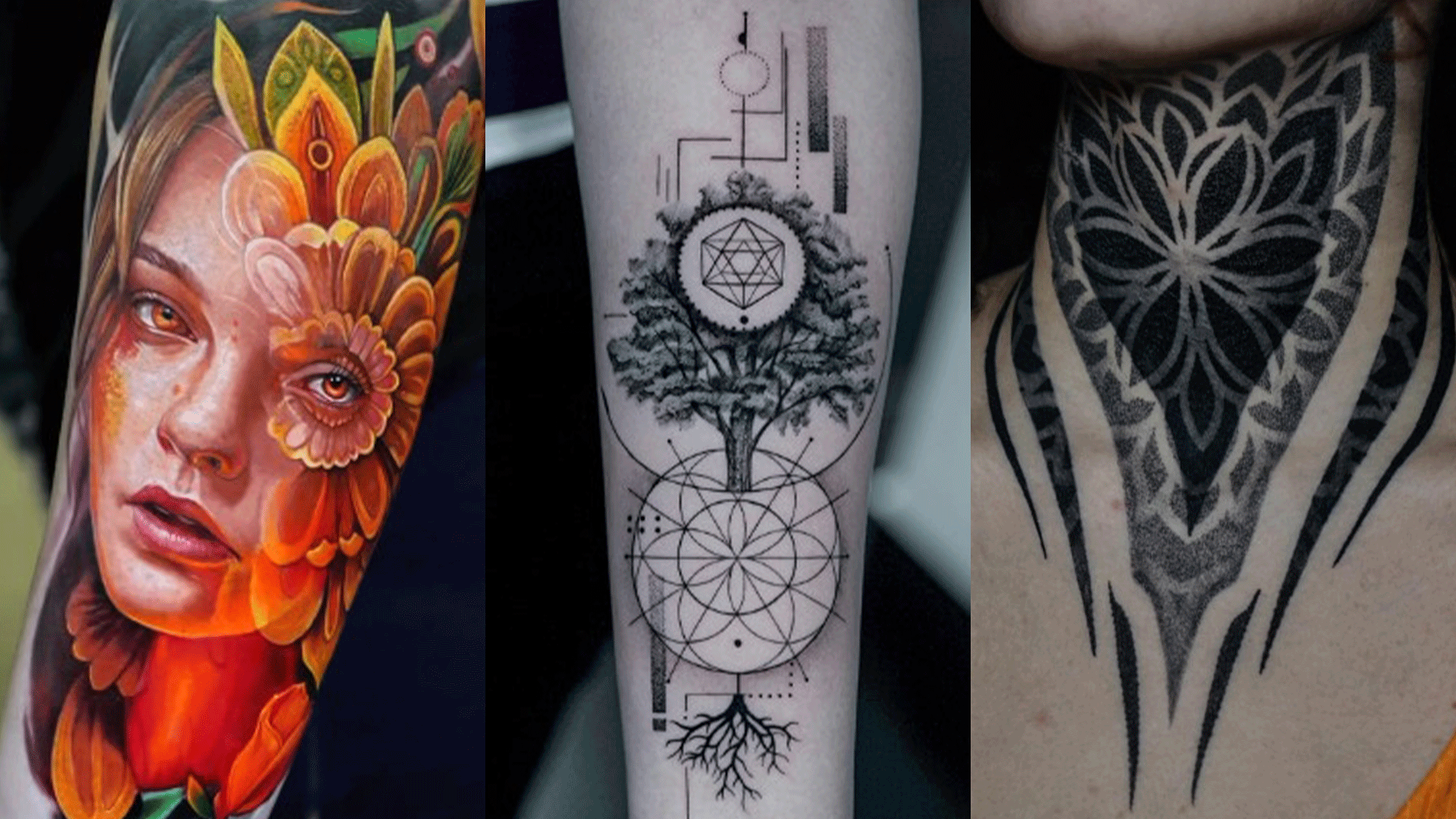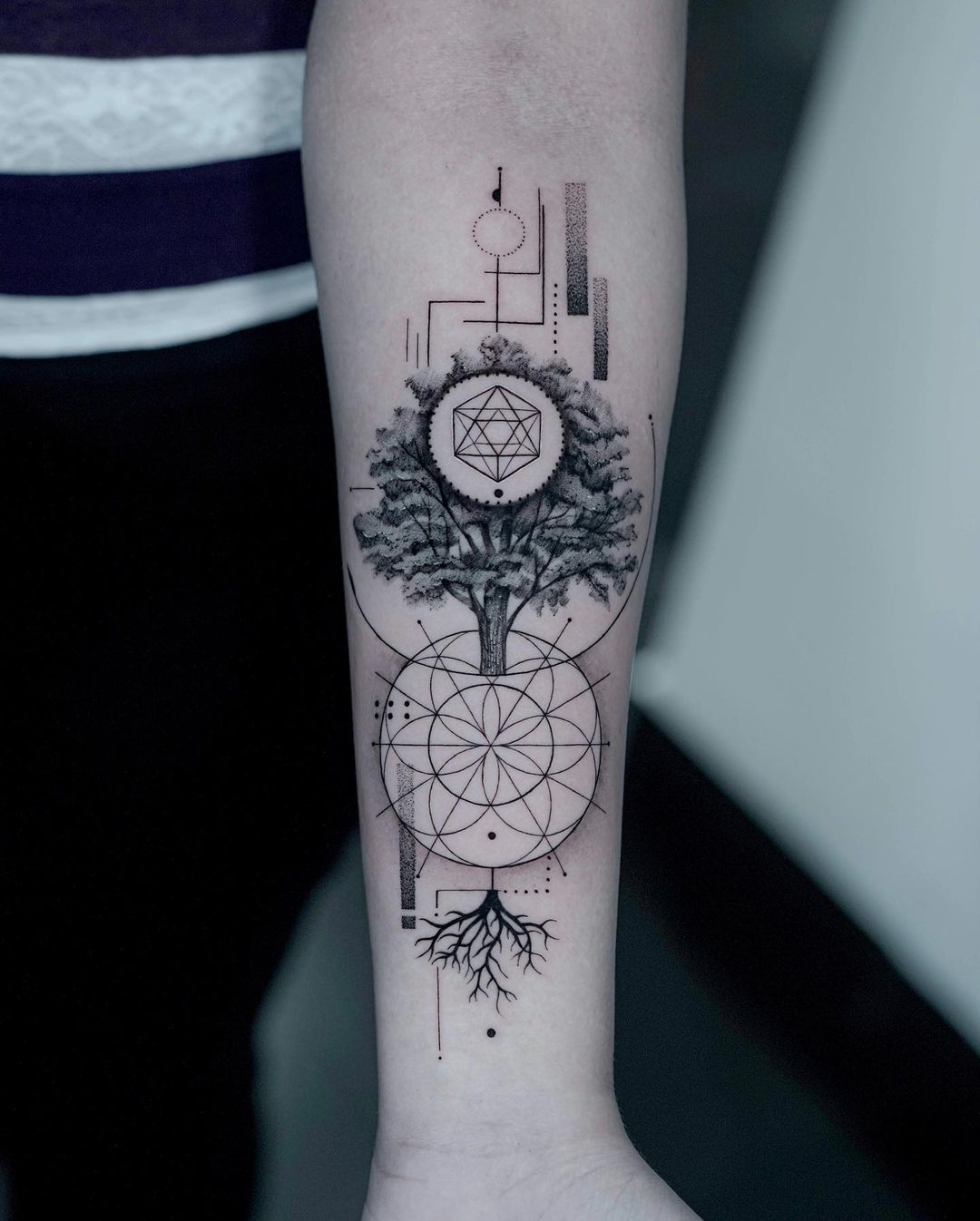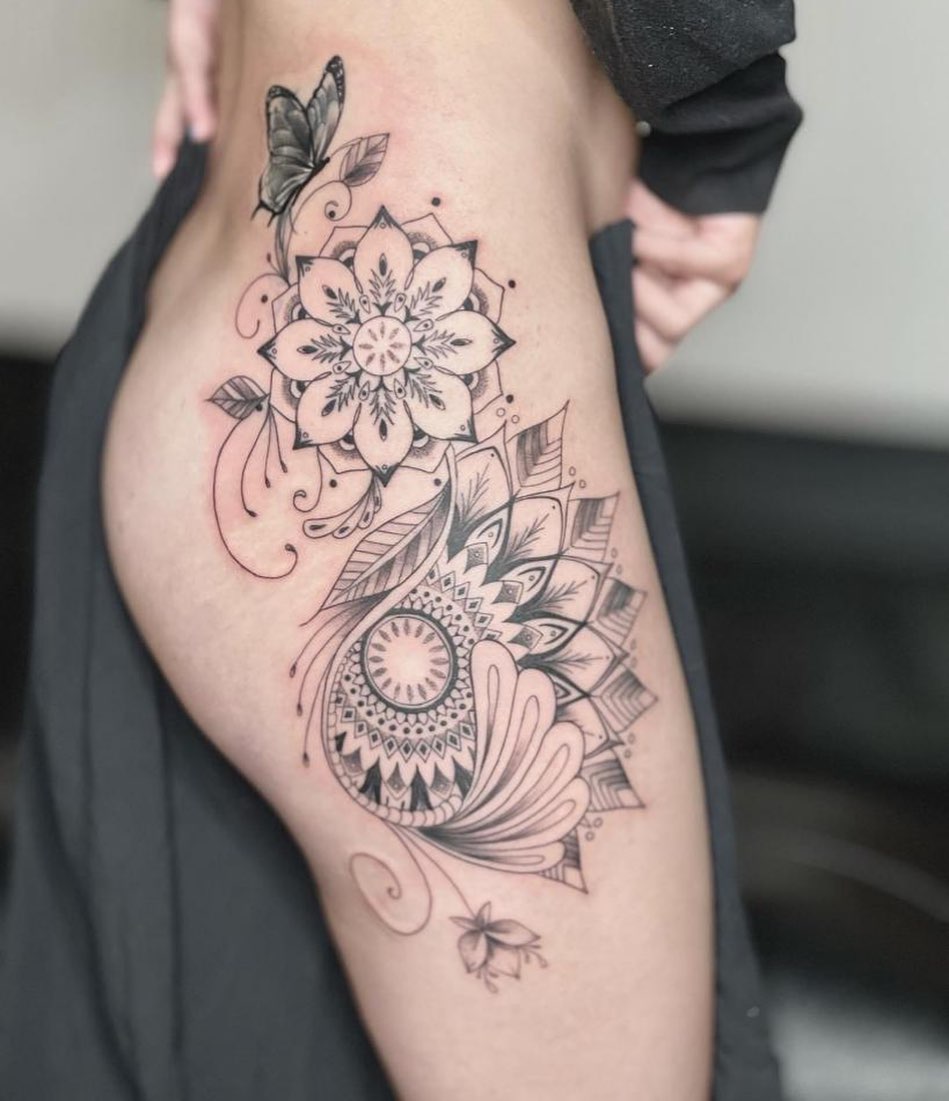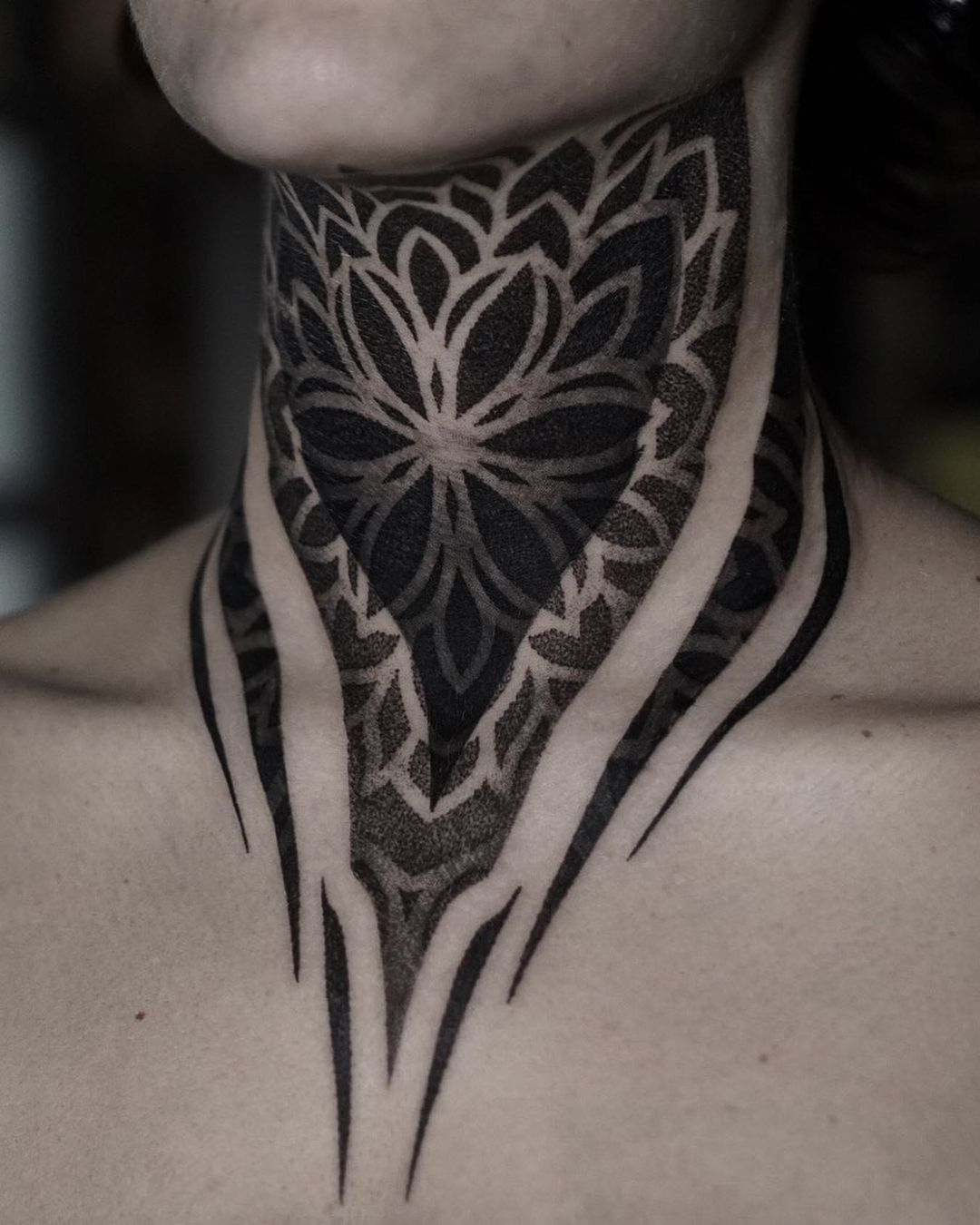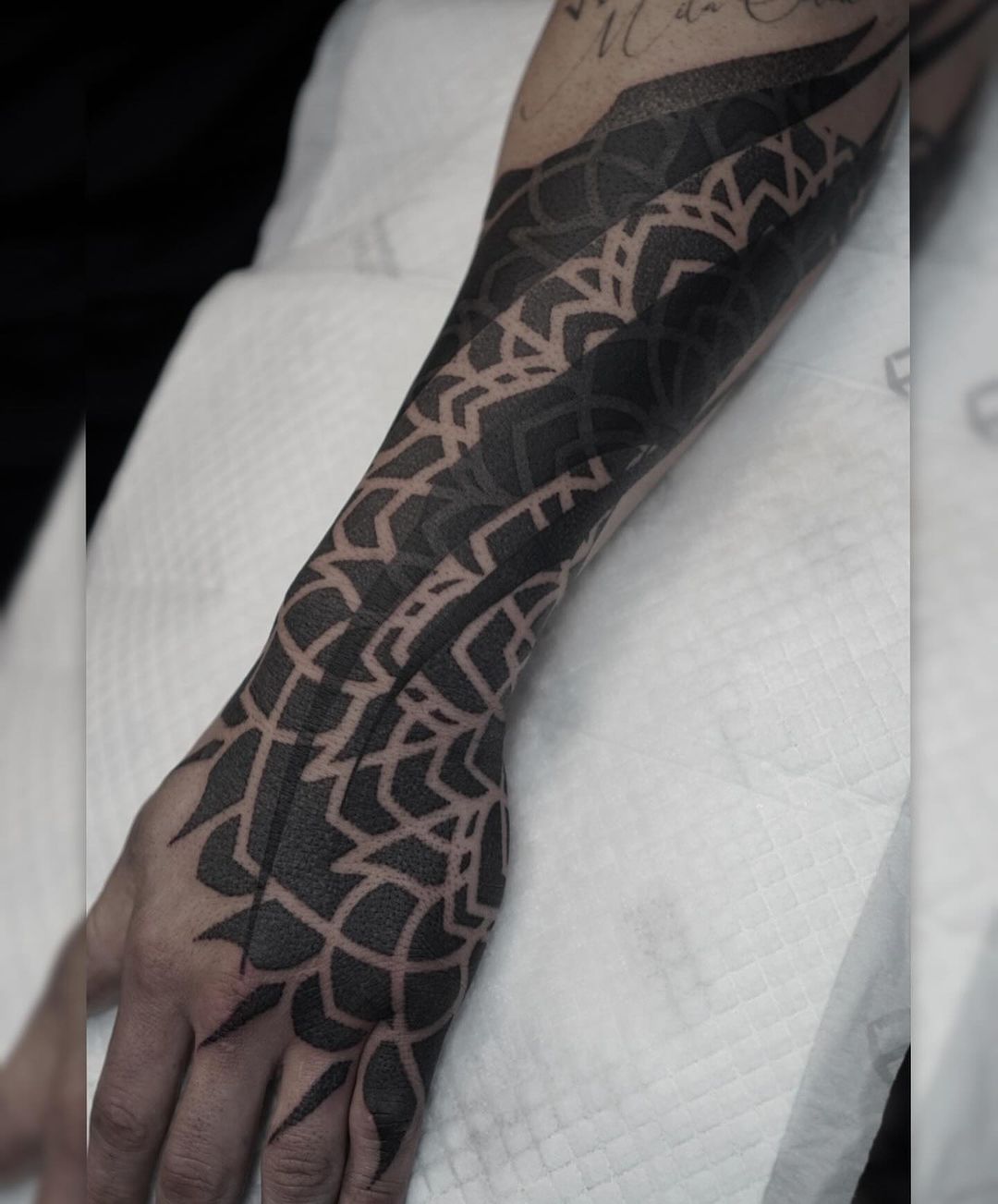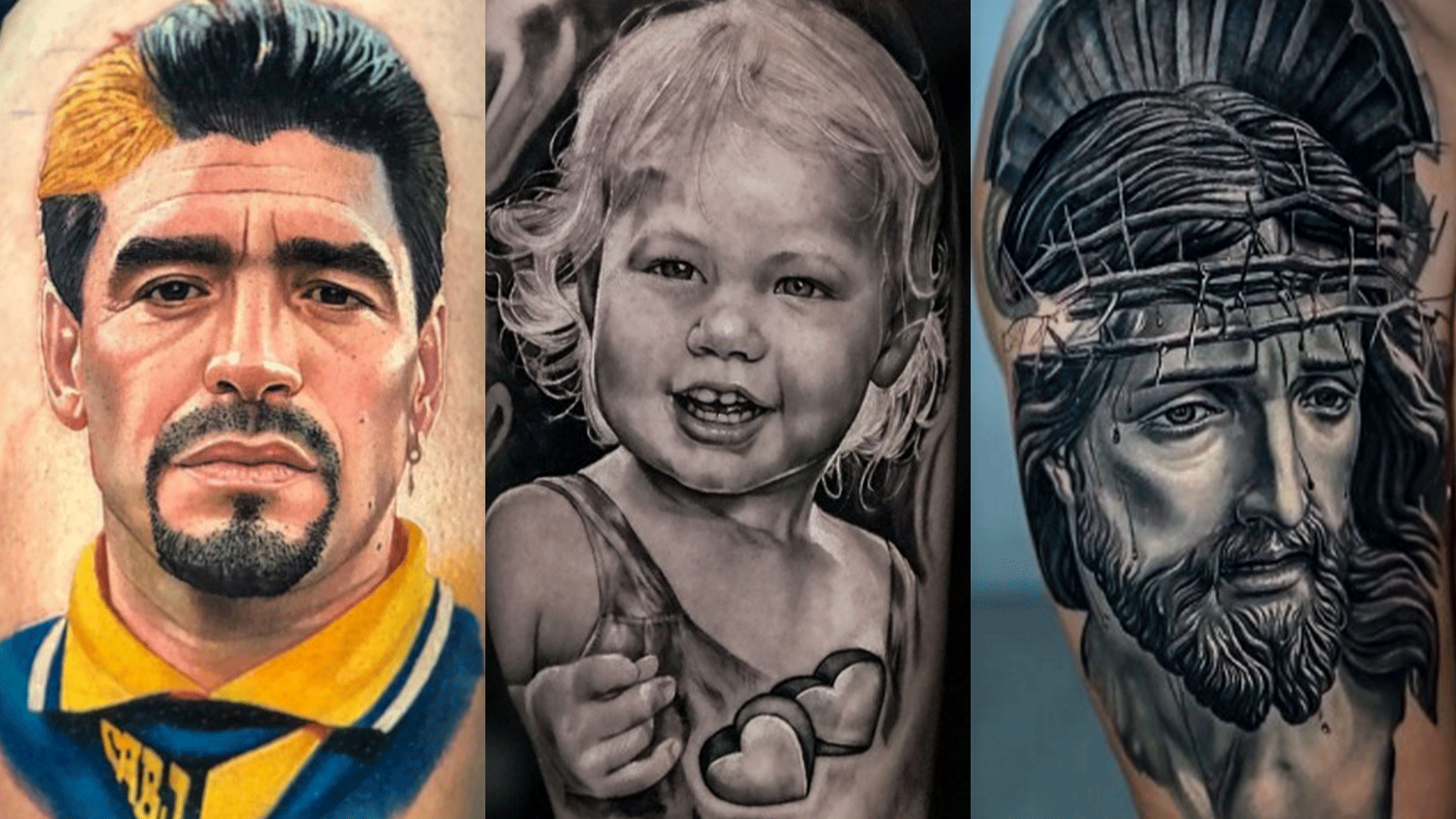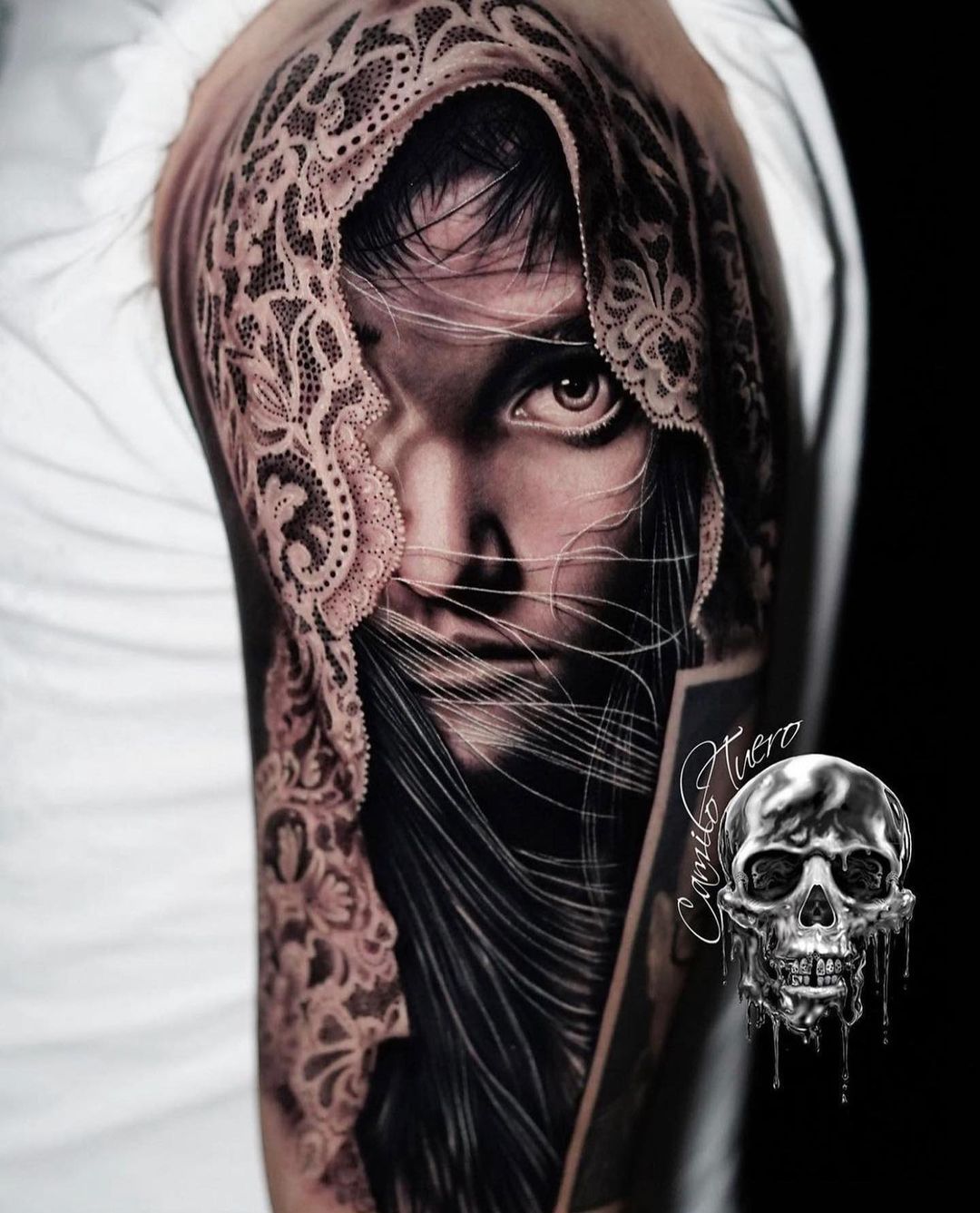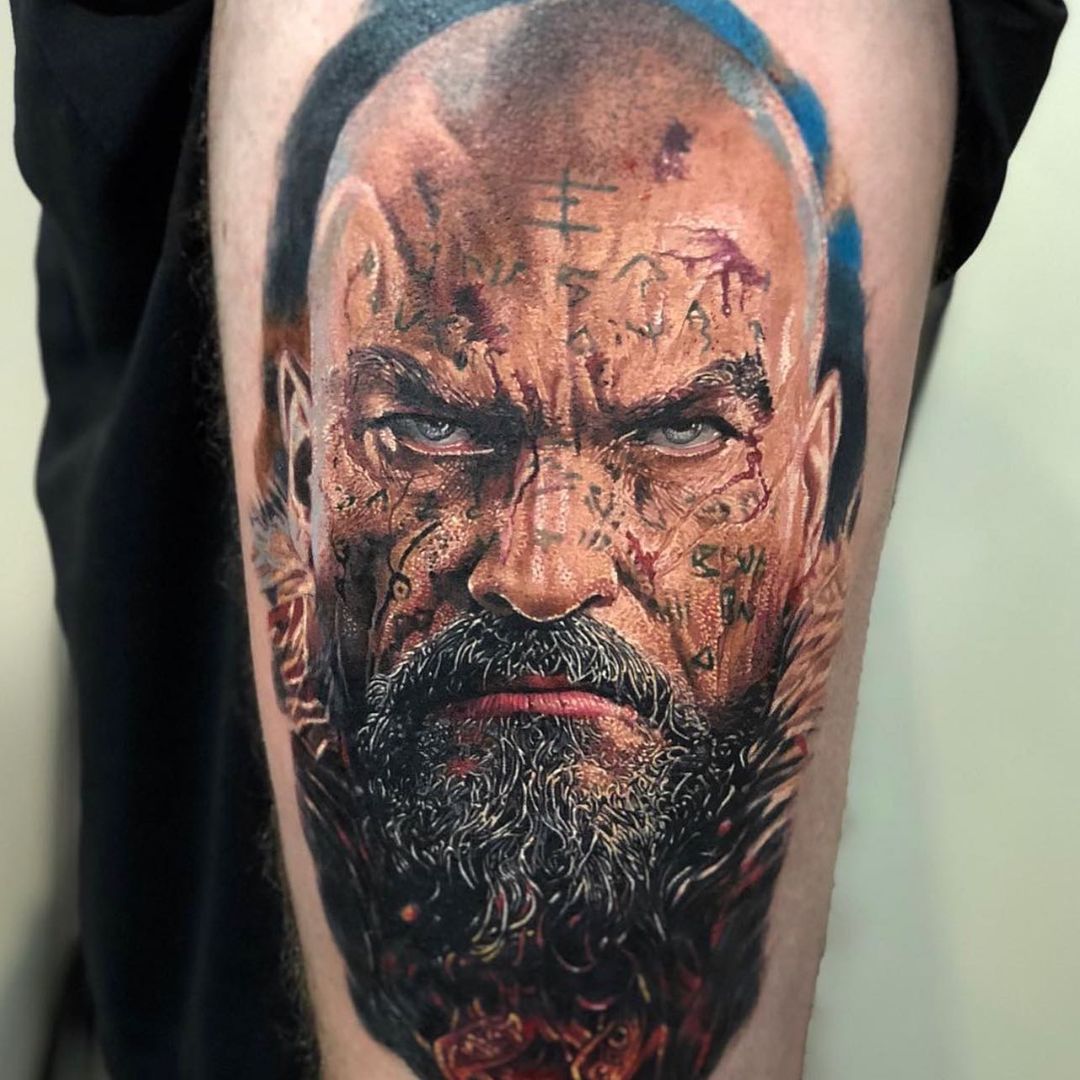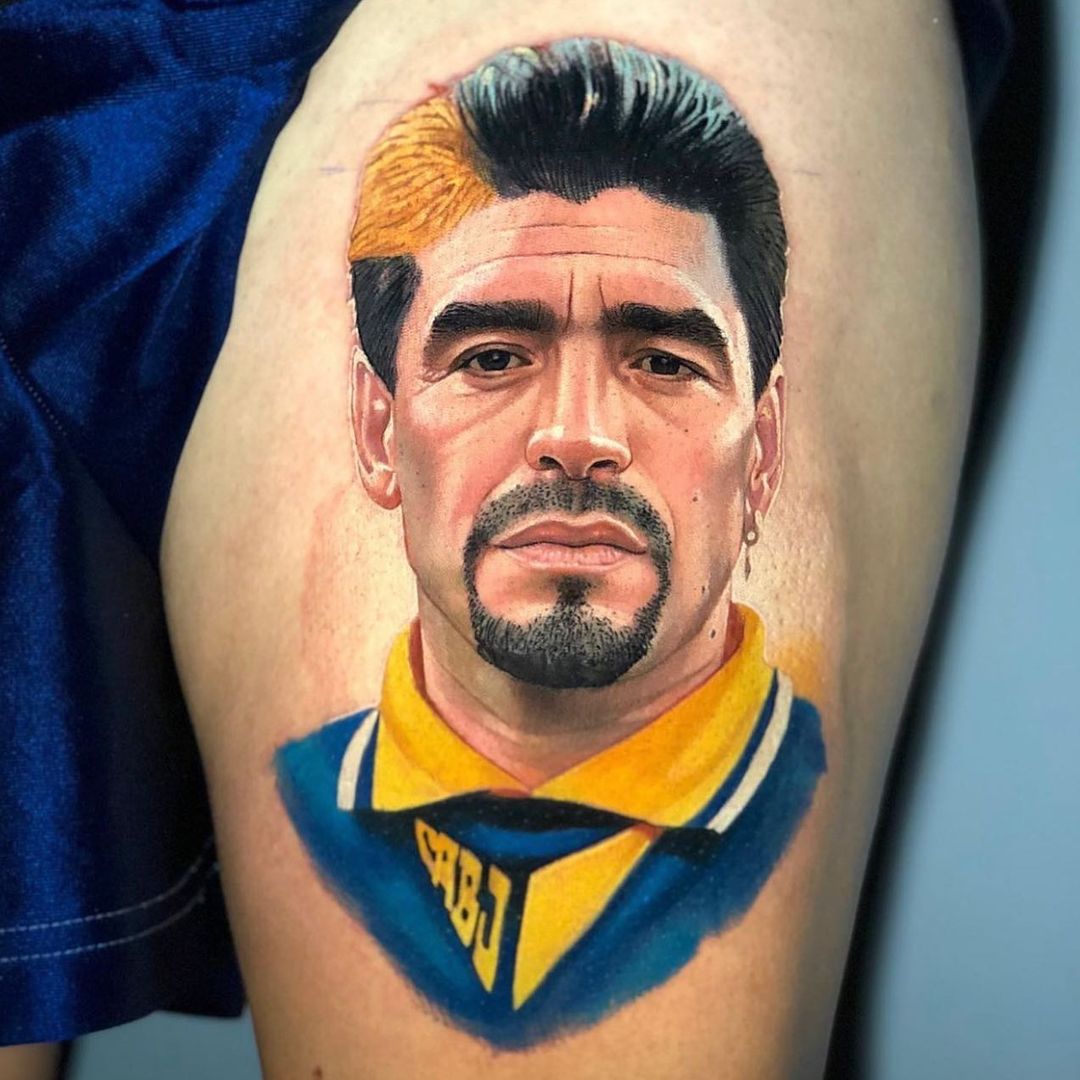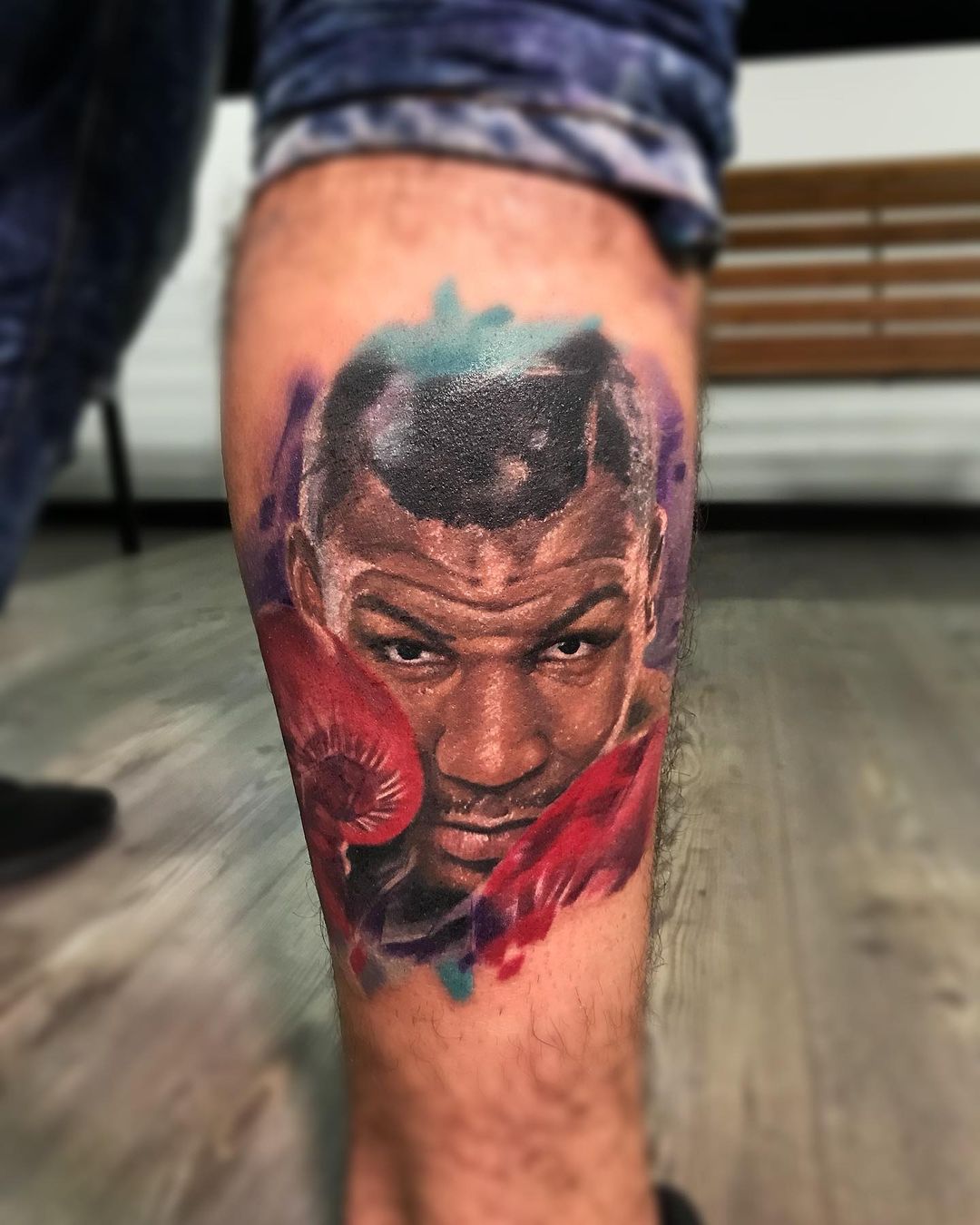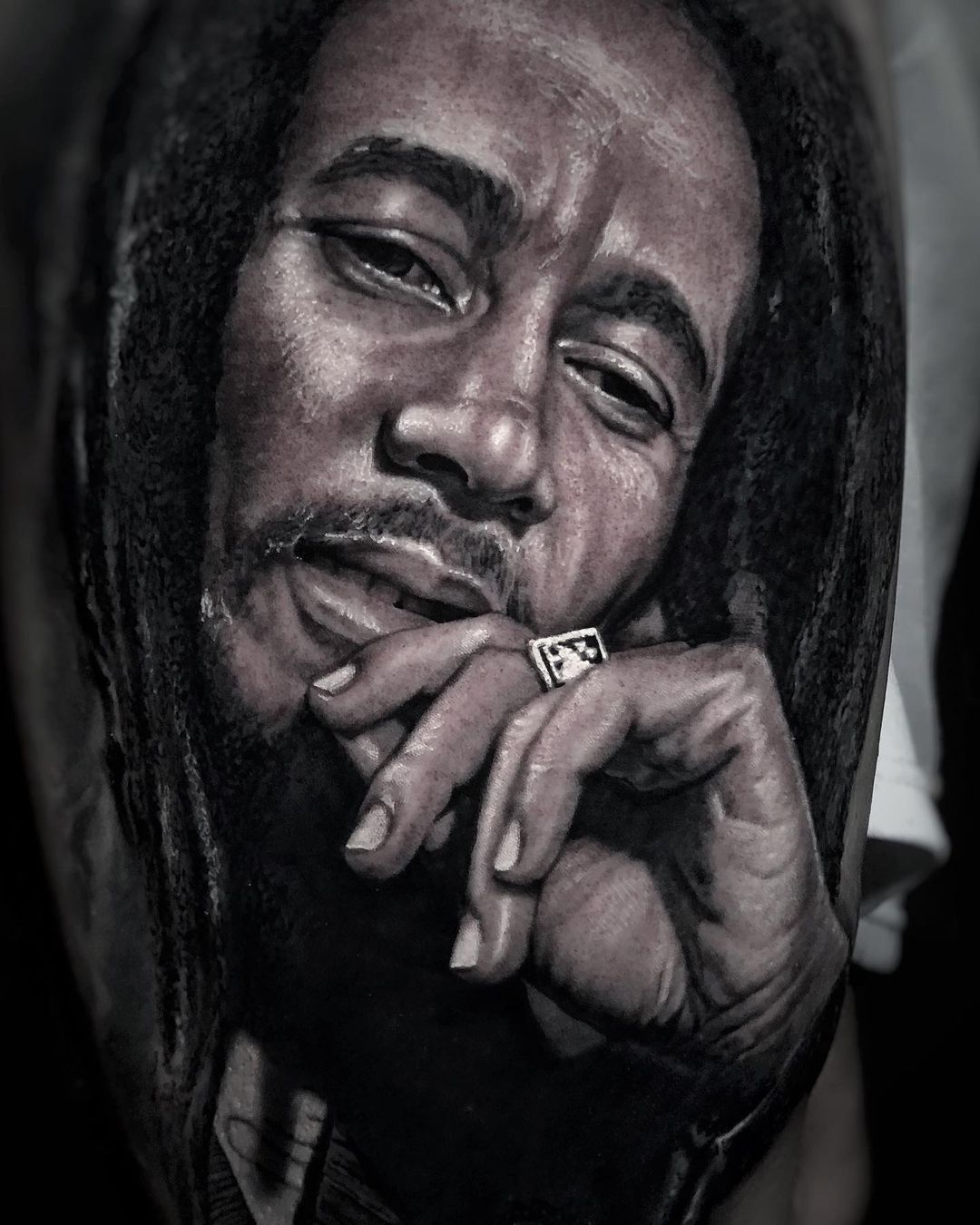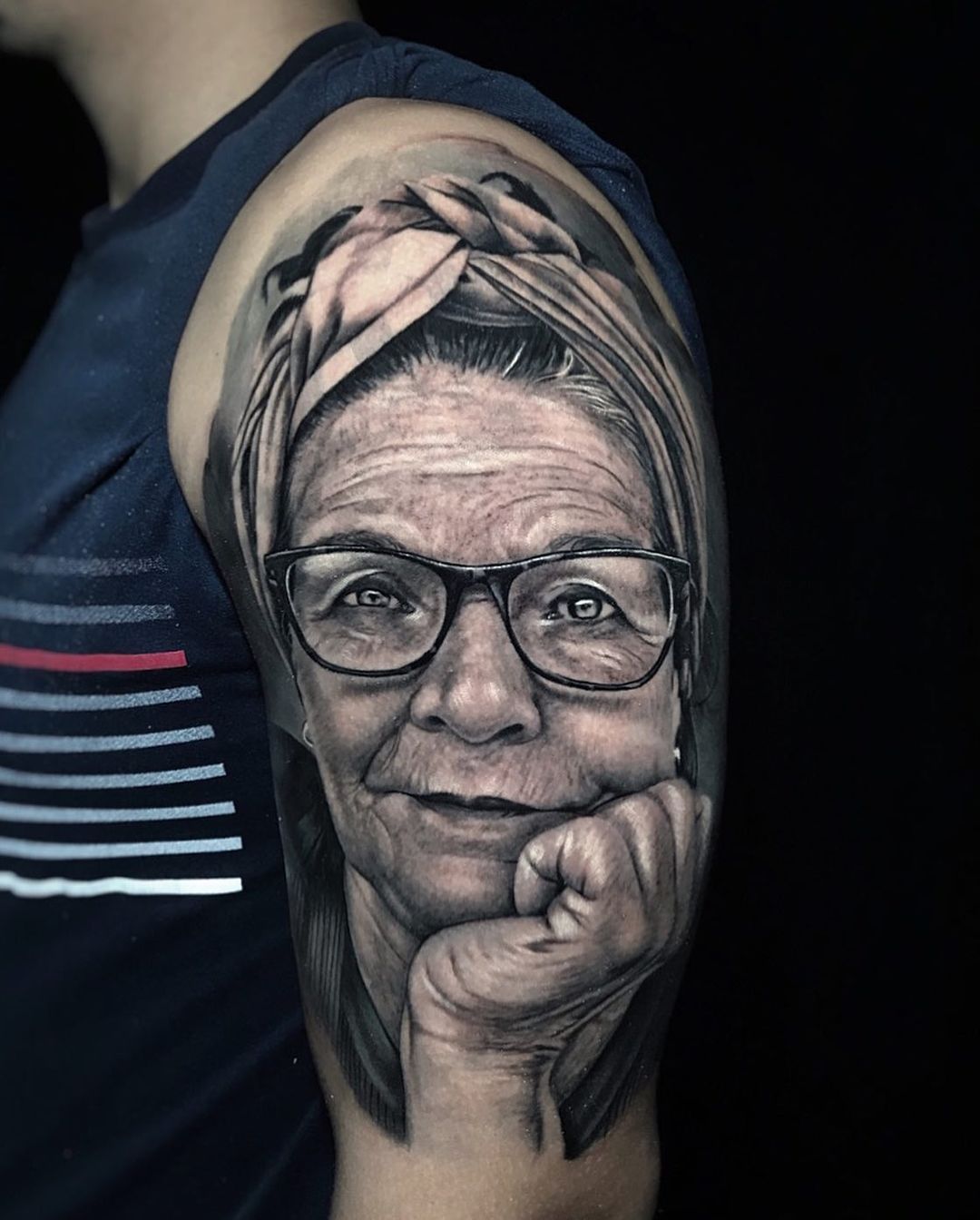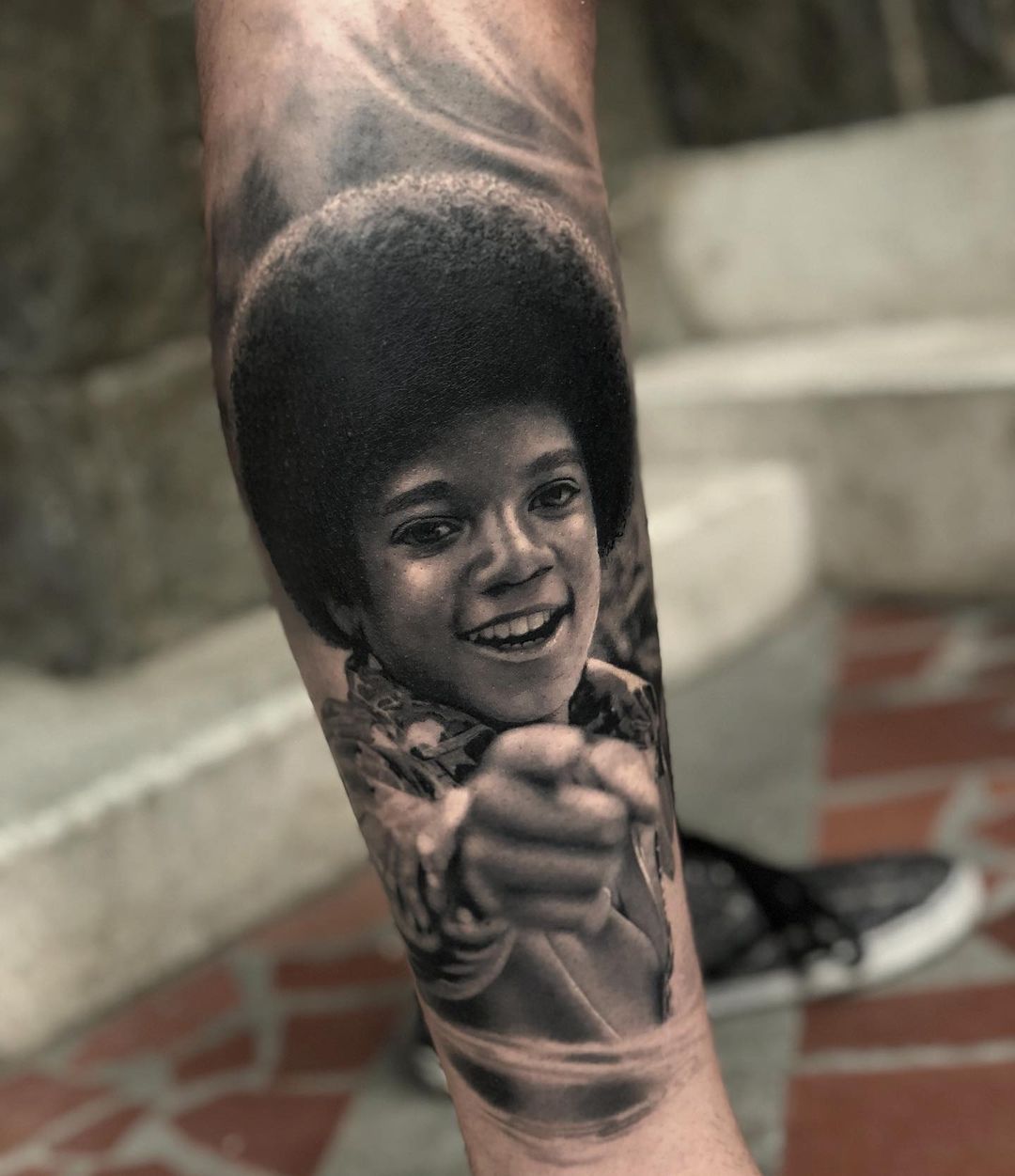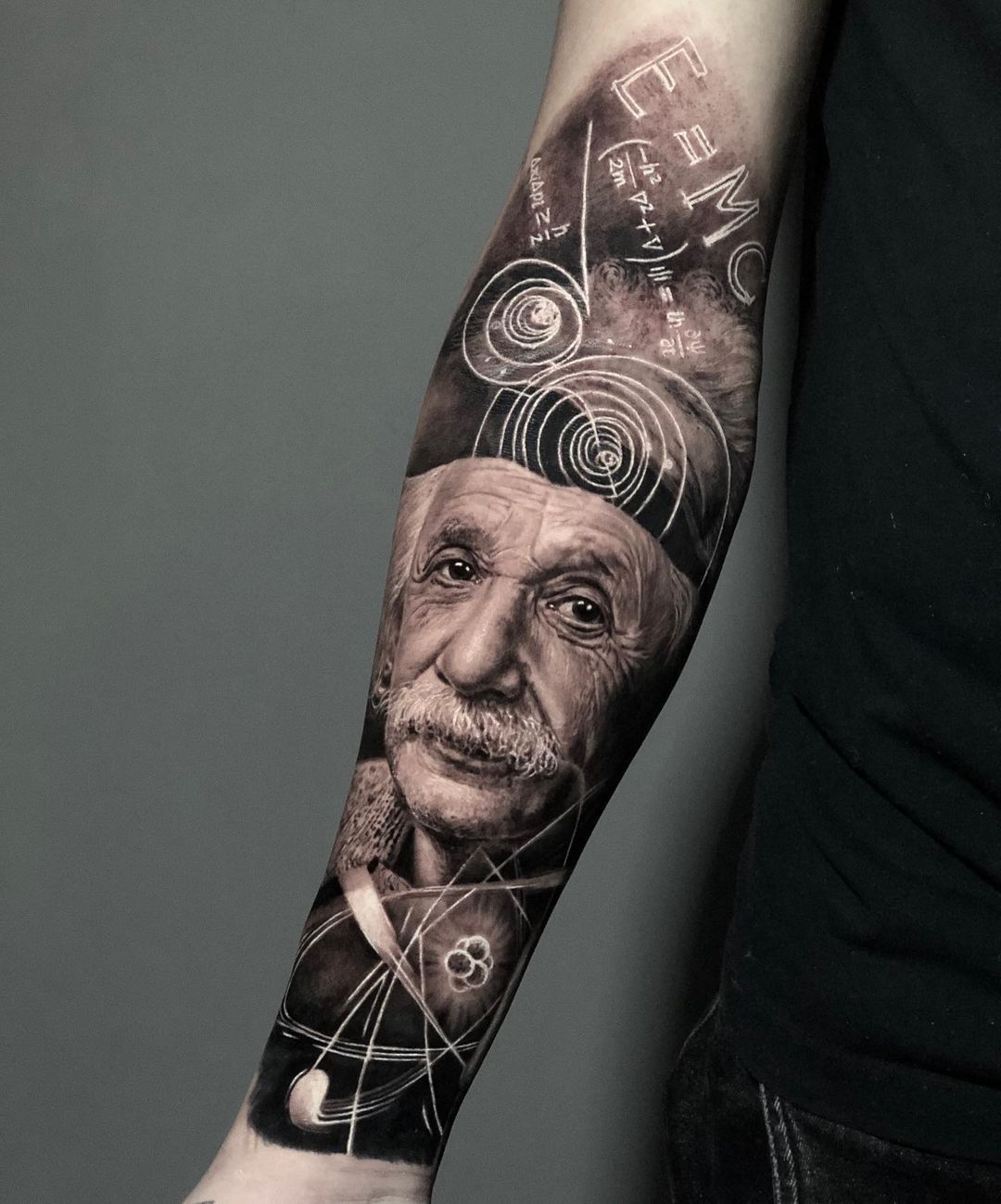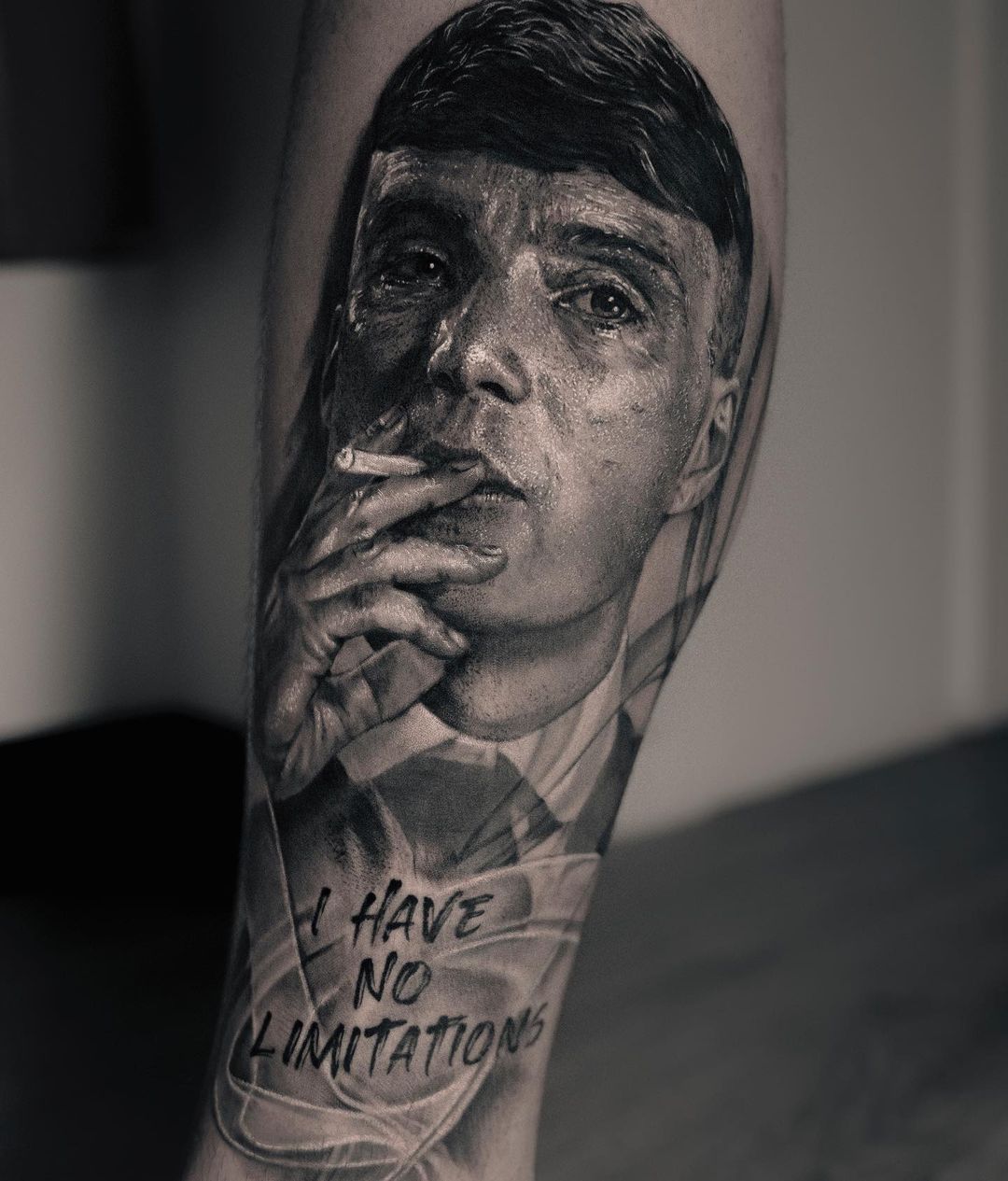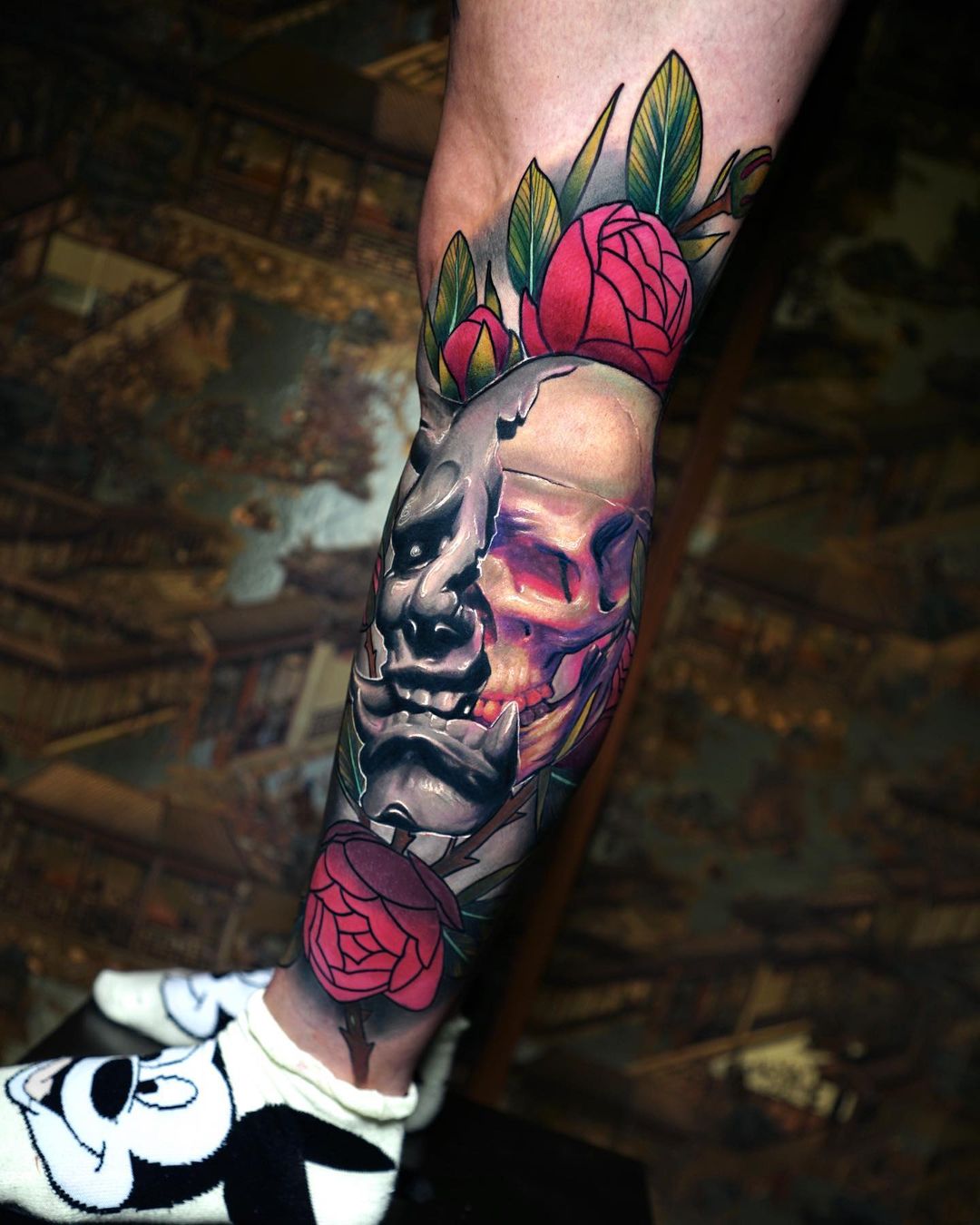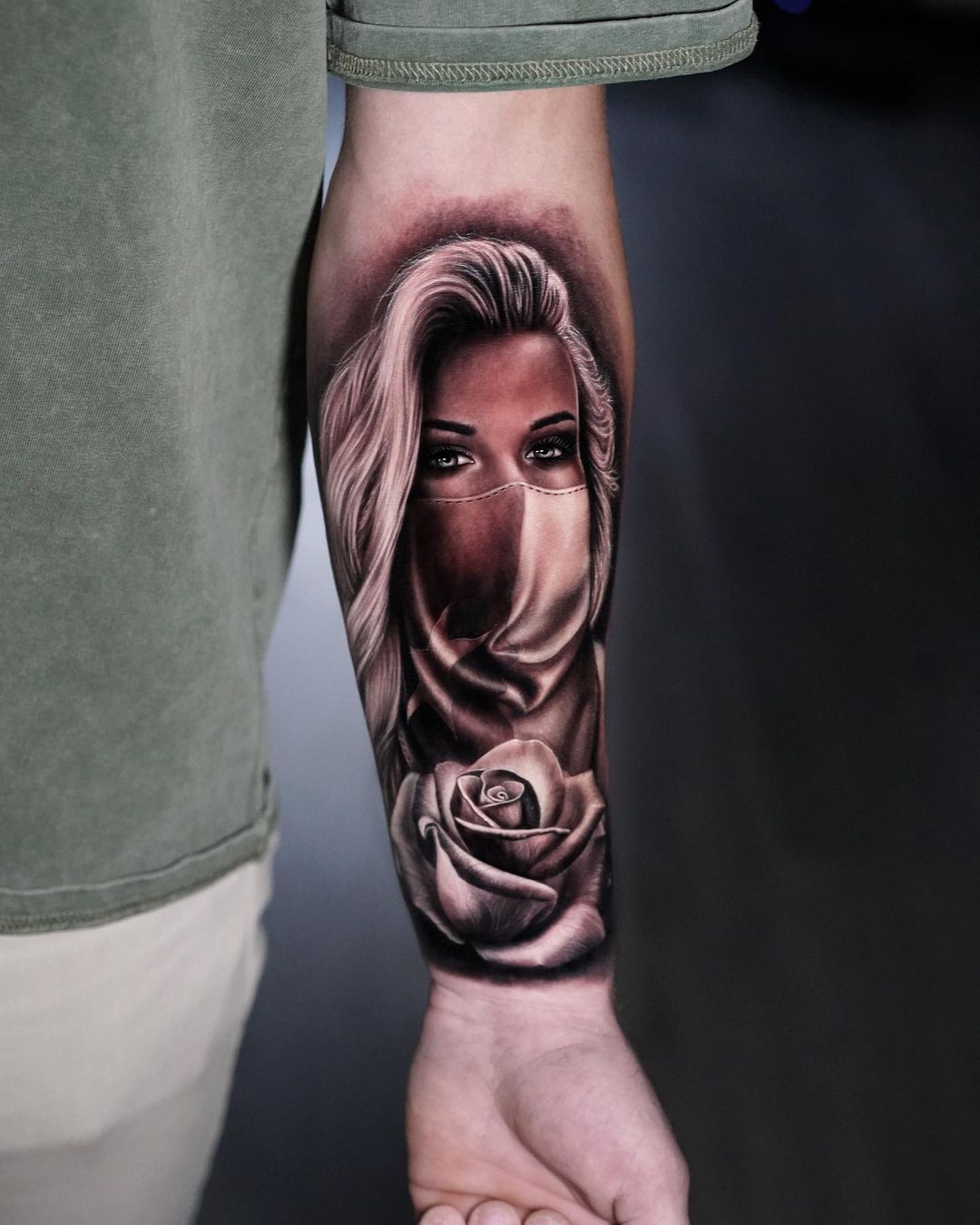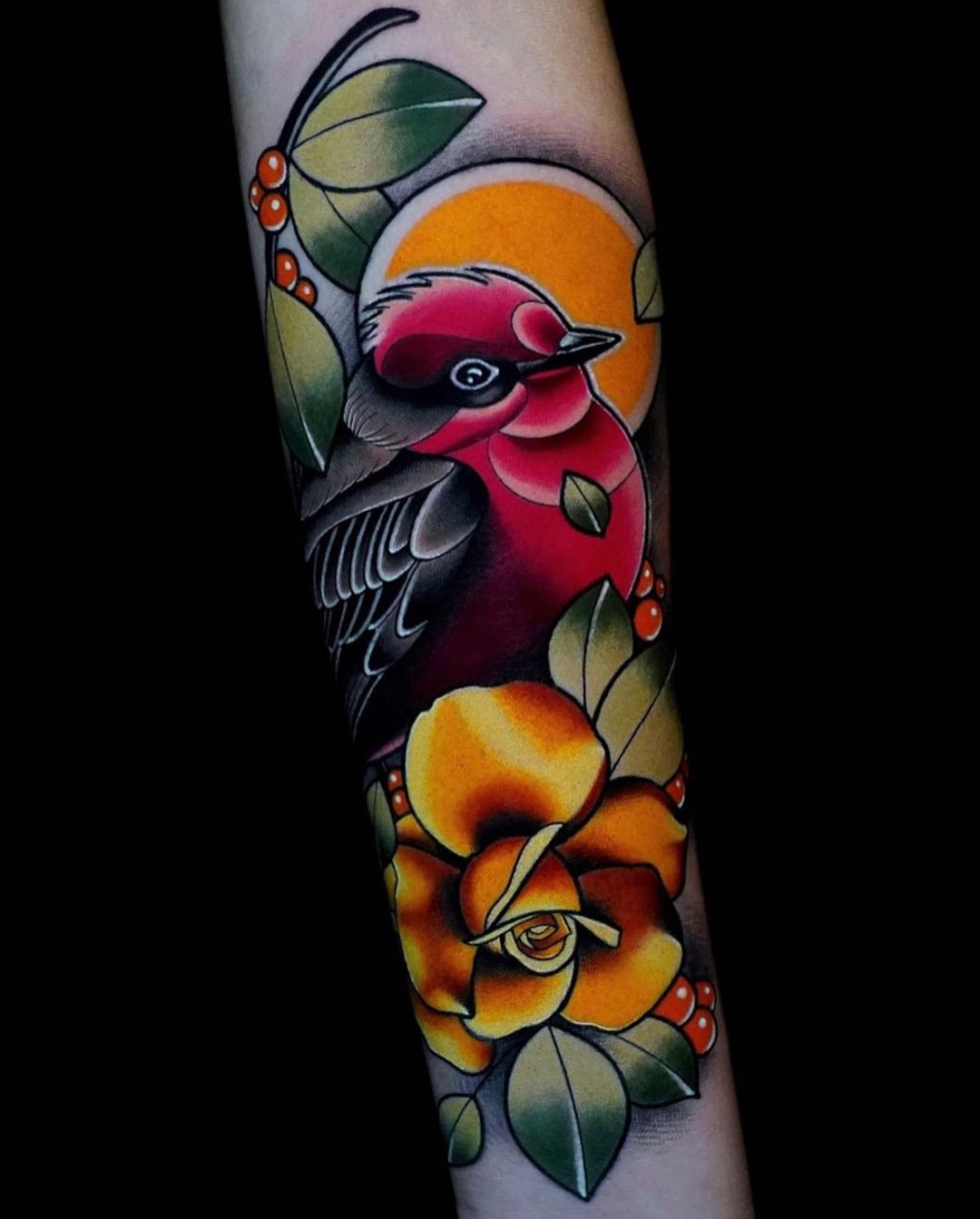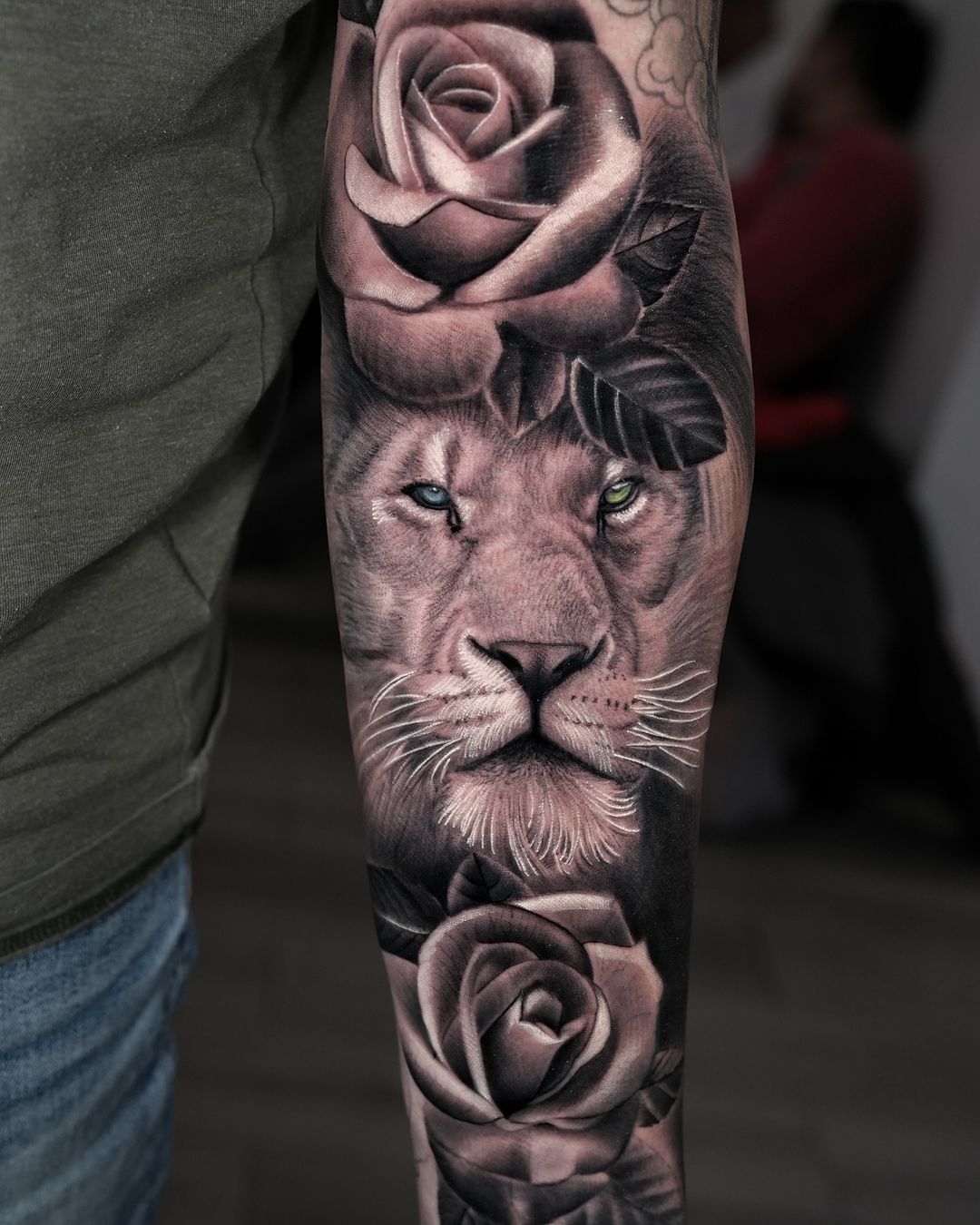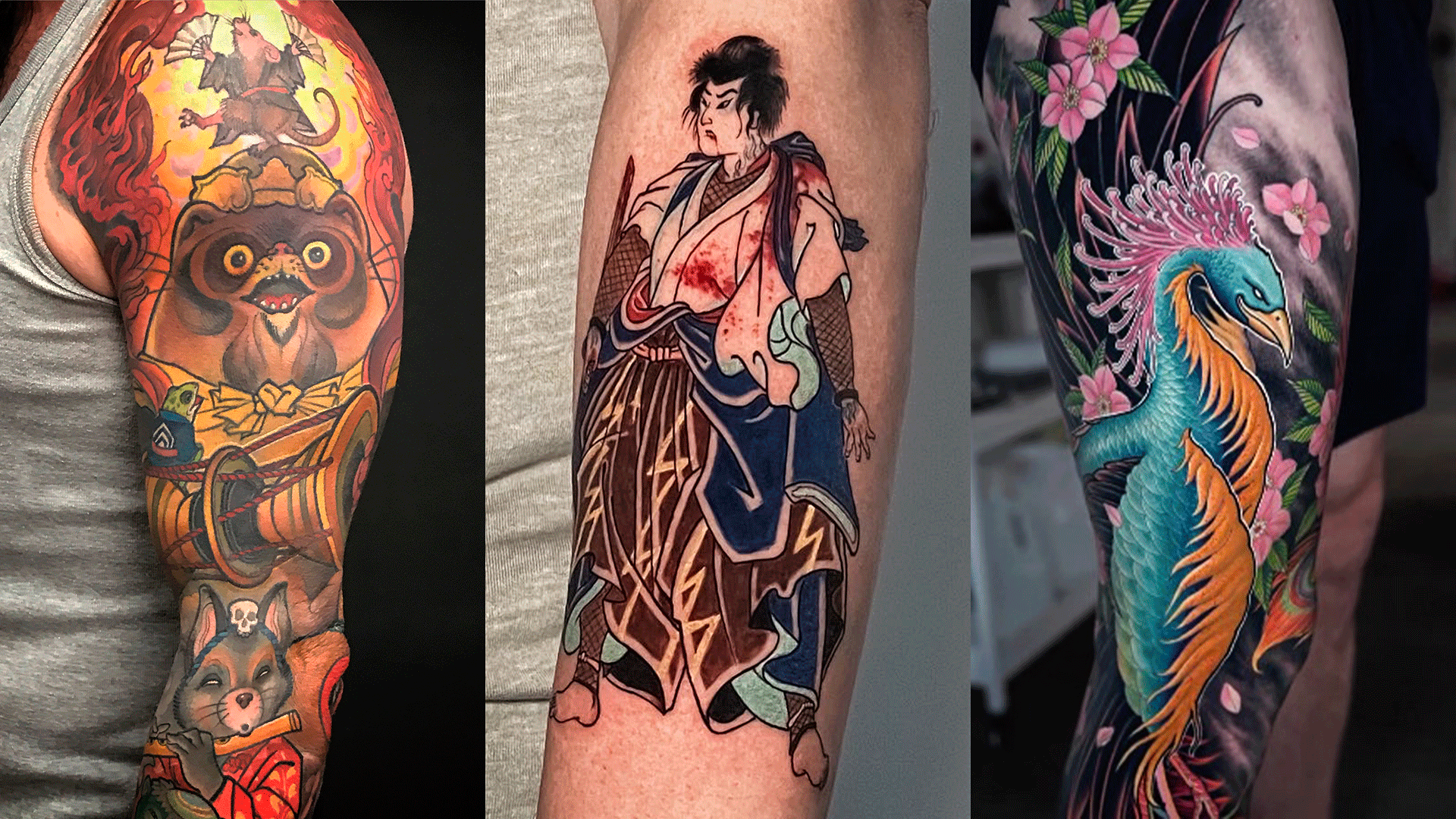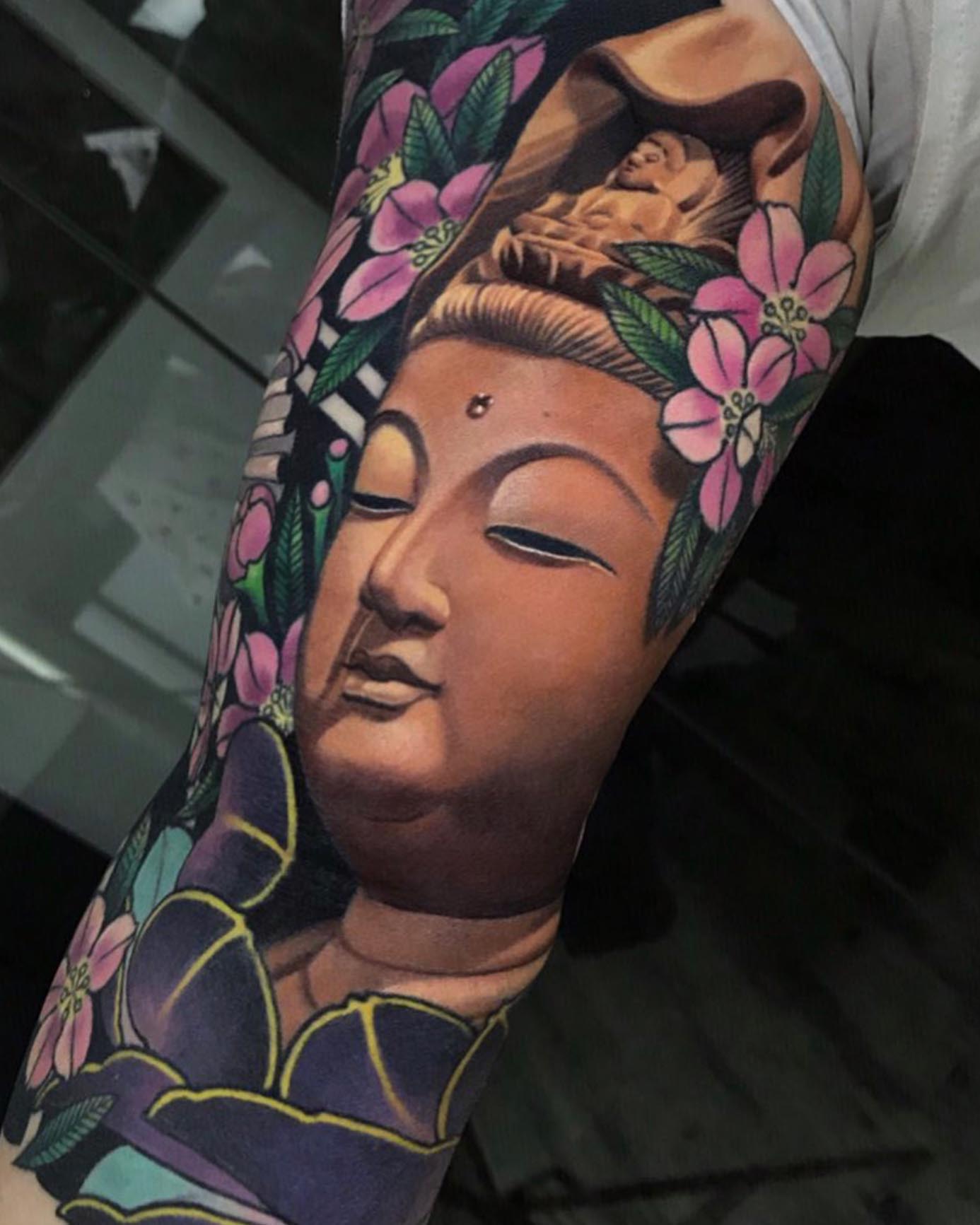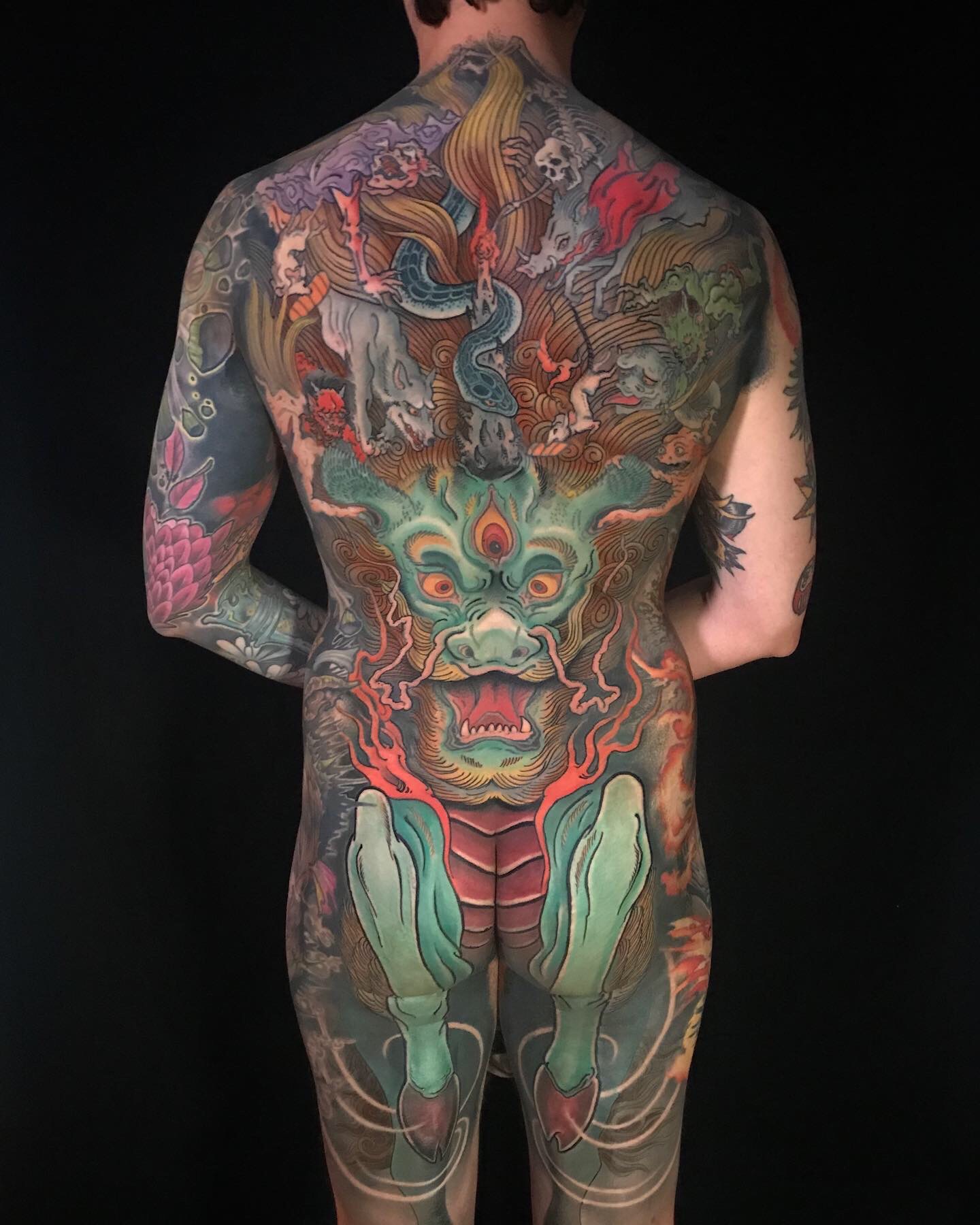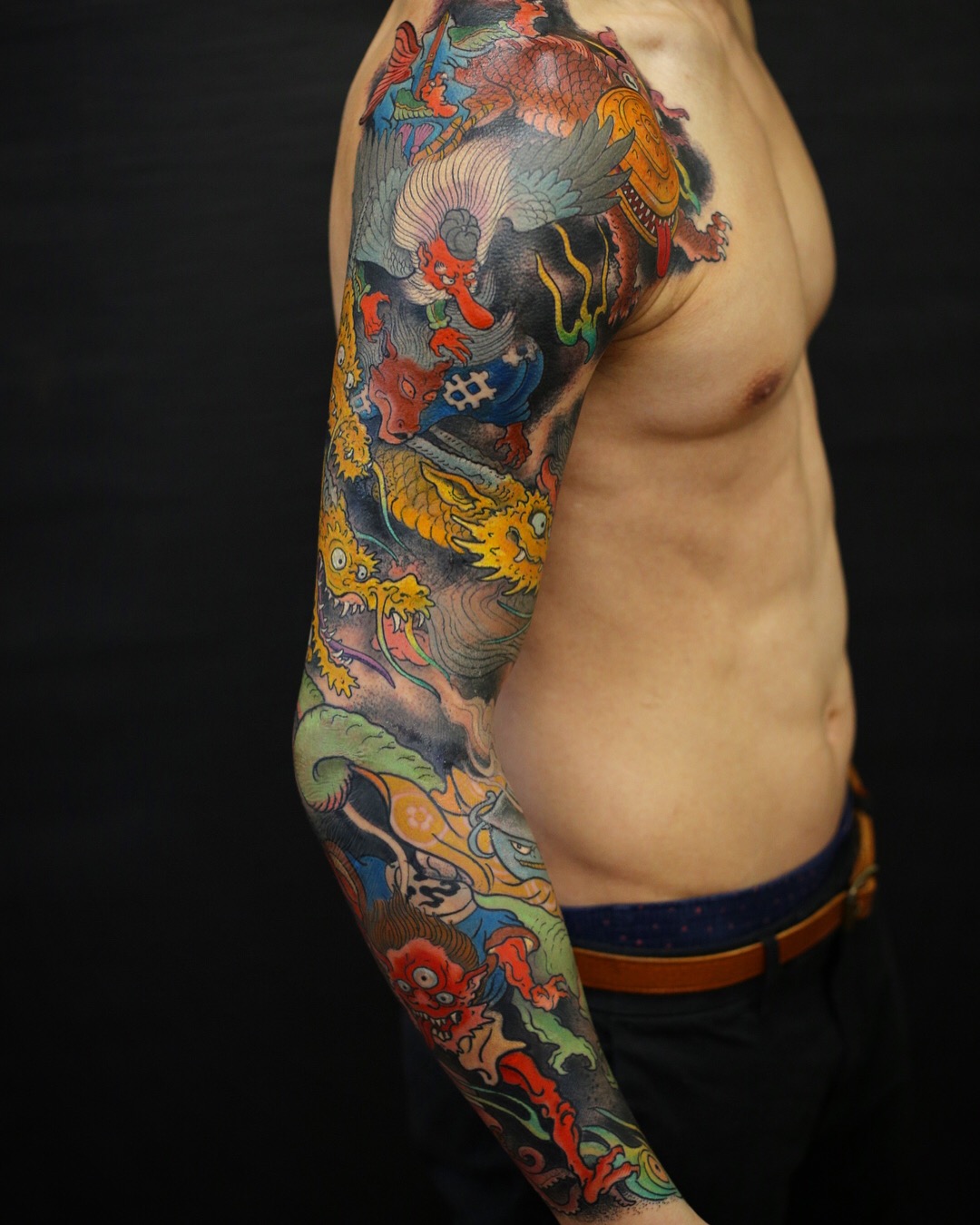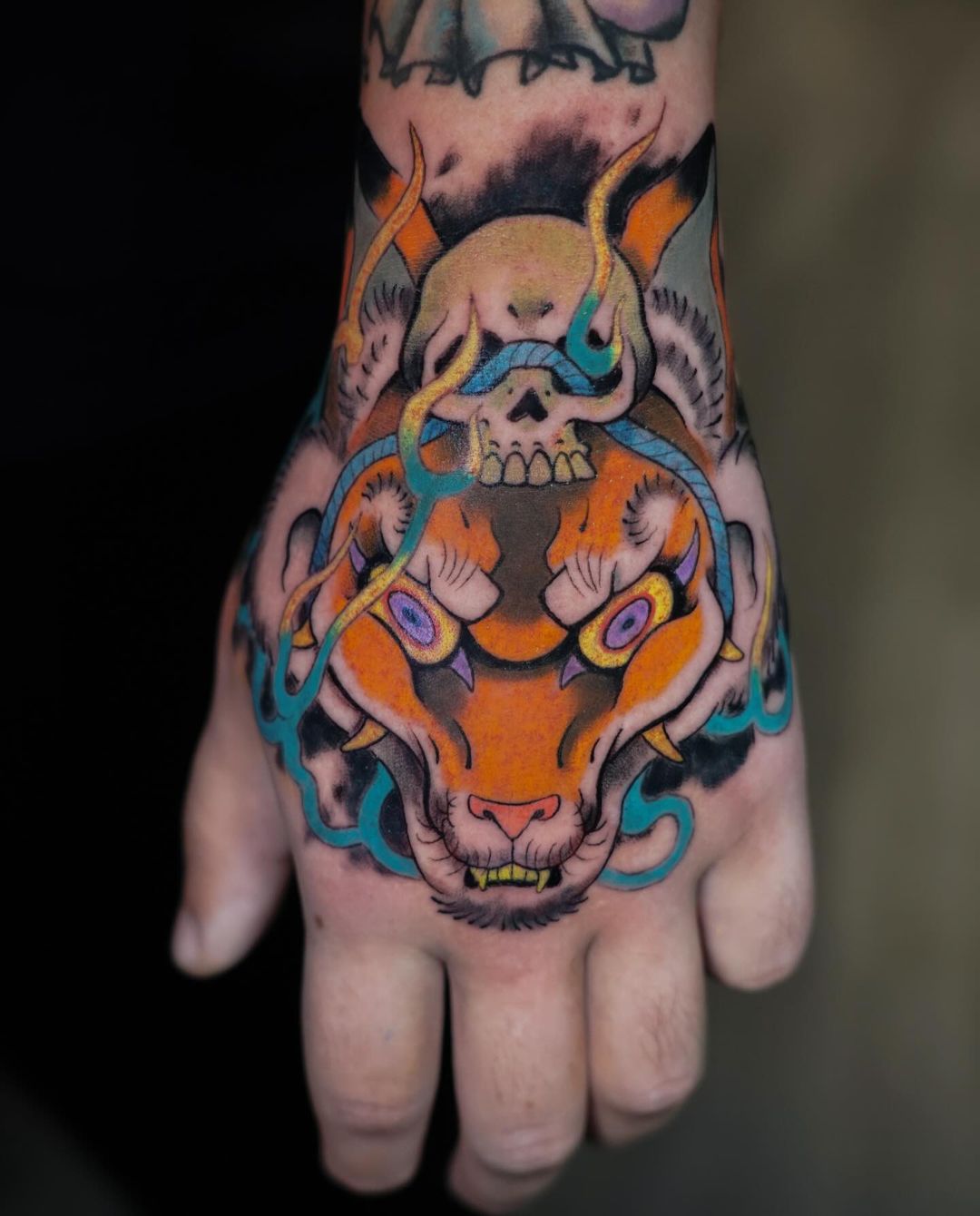Inknation Studio has always been a hub for creativity and originality, and one of the most compelling styles they offer is the black and grey tattoo with a touch of color. This technique blends the classic, timeless appeal of black and grey with the striking impact of colored tattoos, resulting in truly unique and captivating pieces. But how does this style reflect the interplay of light and darkness, and how can a touch of color add a layer of originality? Let’s explore.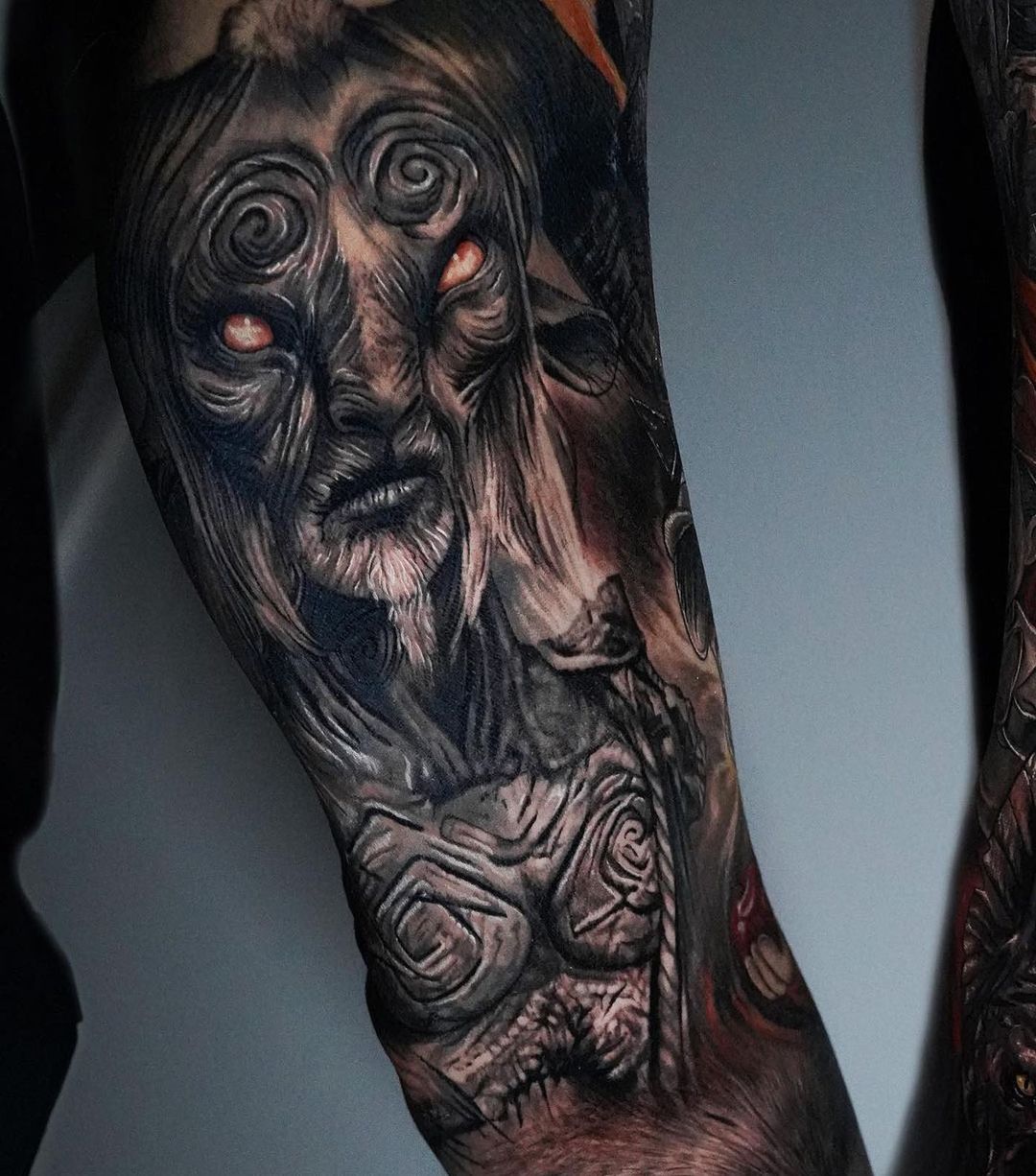
Black and grey tattoos have long been celebrated for their ability to depict depth, contrast, and detail. By using various shades of black, grey, and white, artists can create lifelike images that convey a sense of realism and sophistication. The absence of color allows the focus to be on the interplay of light and shadow, giving the tattoo a dramatic and timeless quality.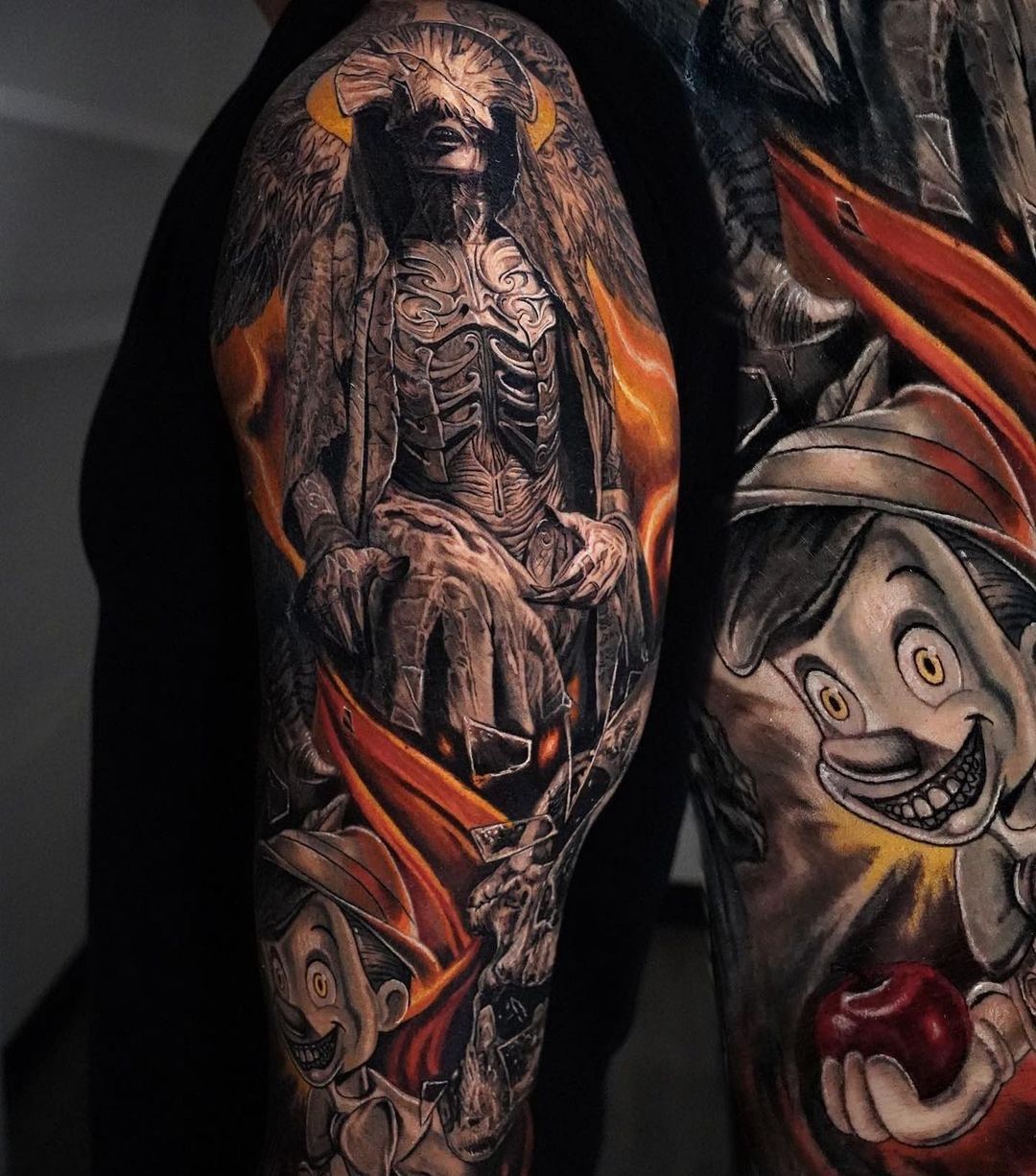
When a black and grey tattoo incorporates a touch of color, it brings a new dimension to the design. The touch of color can symbolize light piercing through darkness, highlighting specific elements and drawing the eye in unique ways. This technique can be particularly effective in creating a focal point within the tattoo, making certain aspects stand out more vividly against the monochromatic background.
Incorporating color into a black and grey tattoo is not just about adding visual interest; it’s also a way to infuse the design with personal meaning and originality. A splash of color can transform a standard design into a personal statement, reflecting the individuality of the wearer. For instance, a single red rose amidst a field of grey can symbolize love, passion, or even a significant event in the wearer’s life.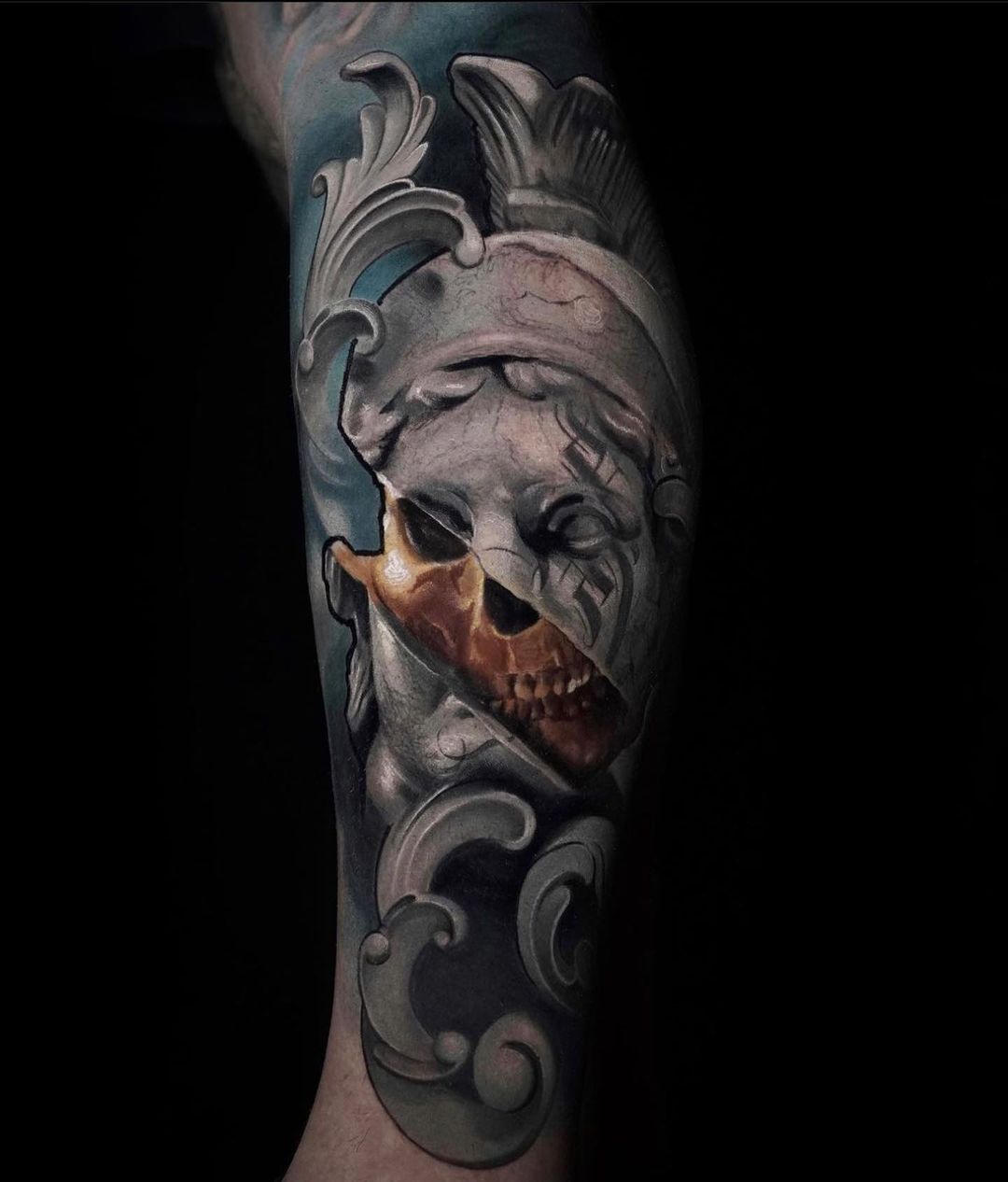
This approach opens up a world of tattoo ideas. Whether it’s a pop of bright color in a nature scene or a subtle hint of blue in a portrait, the combination of black and grey with color creates a striking balance between classic and contemporary styles. It’s a perfect choice for those who appreciate the traditional look of black and grey tattoos but want to add their unique twist.
Creating a black and grey tattoo with a touch of color requires skill and precision. The artist must be adept at both styles and understand how to blend them seamlessly. The key is to ensure that the color enhances the design without overpowering the delicate shading and detailing of the black and grey elements.
Artists at Inknation Studio are experts in this technique. They carefully plan the placement and intensity of the color to ensure it complements the overall design. This meticulous approach ensures that the final tattoo is harmonious and visually cohesive.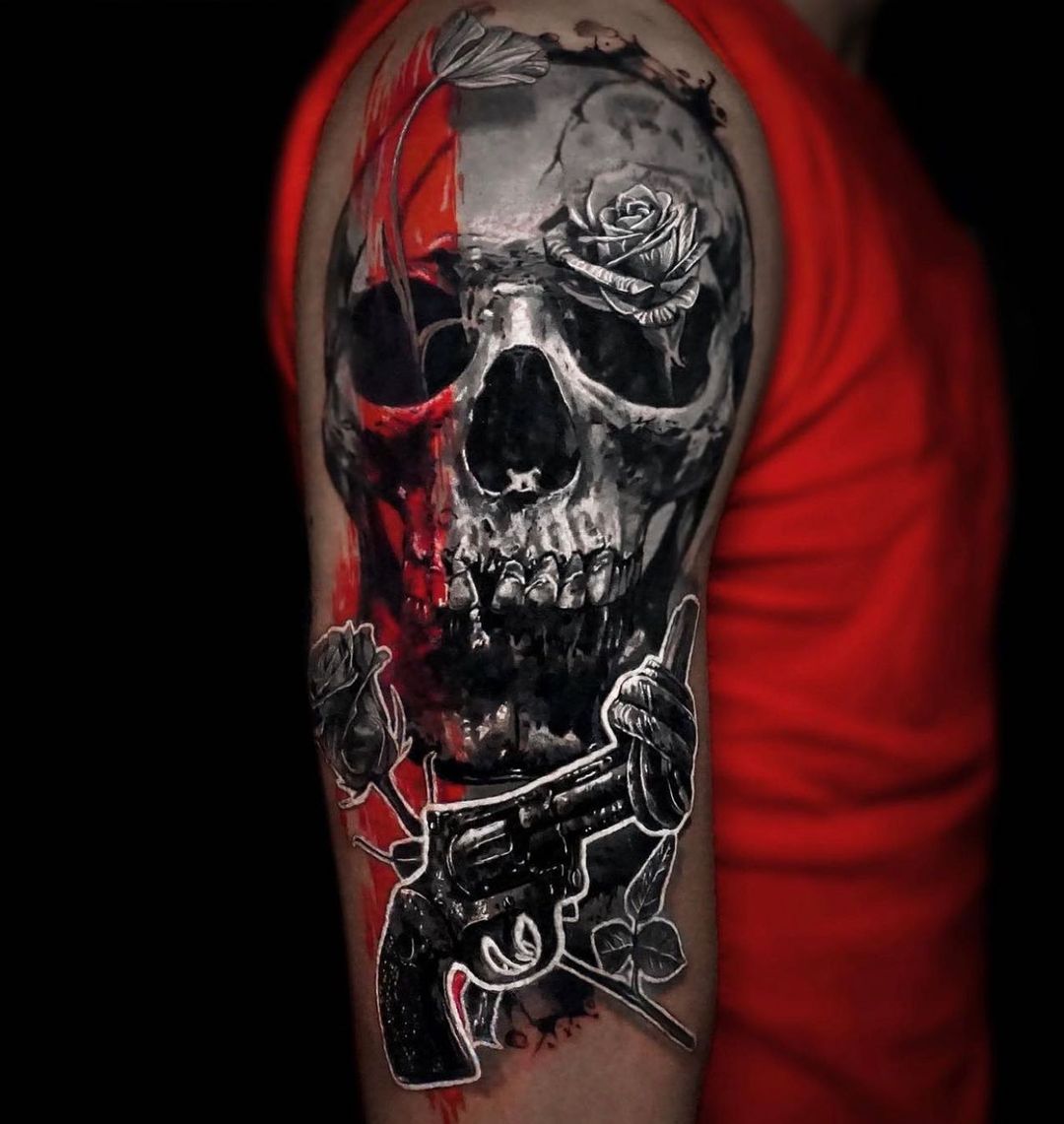
The combination of black and grey tattoos with a touch of color offers a beautiful and unique way to express individuality. By blending the classic appeal of monochromatic shading with the vibrant allure of color, these tattoos capture the essence of light and darkness in a way that is both modern and timeless. If you’re looking for tattoo ideas that stand out while maintaining a sense of elegance and depth, consider exploring the possibilities of black and grey with color.

